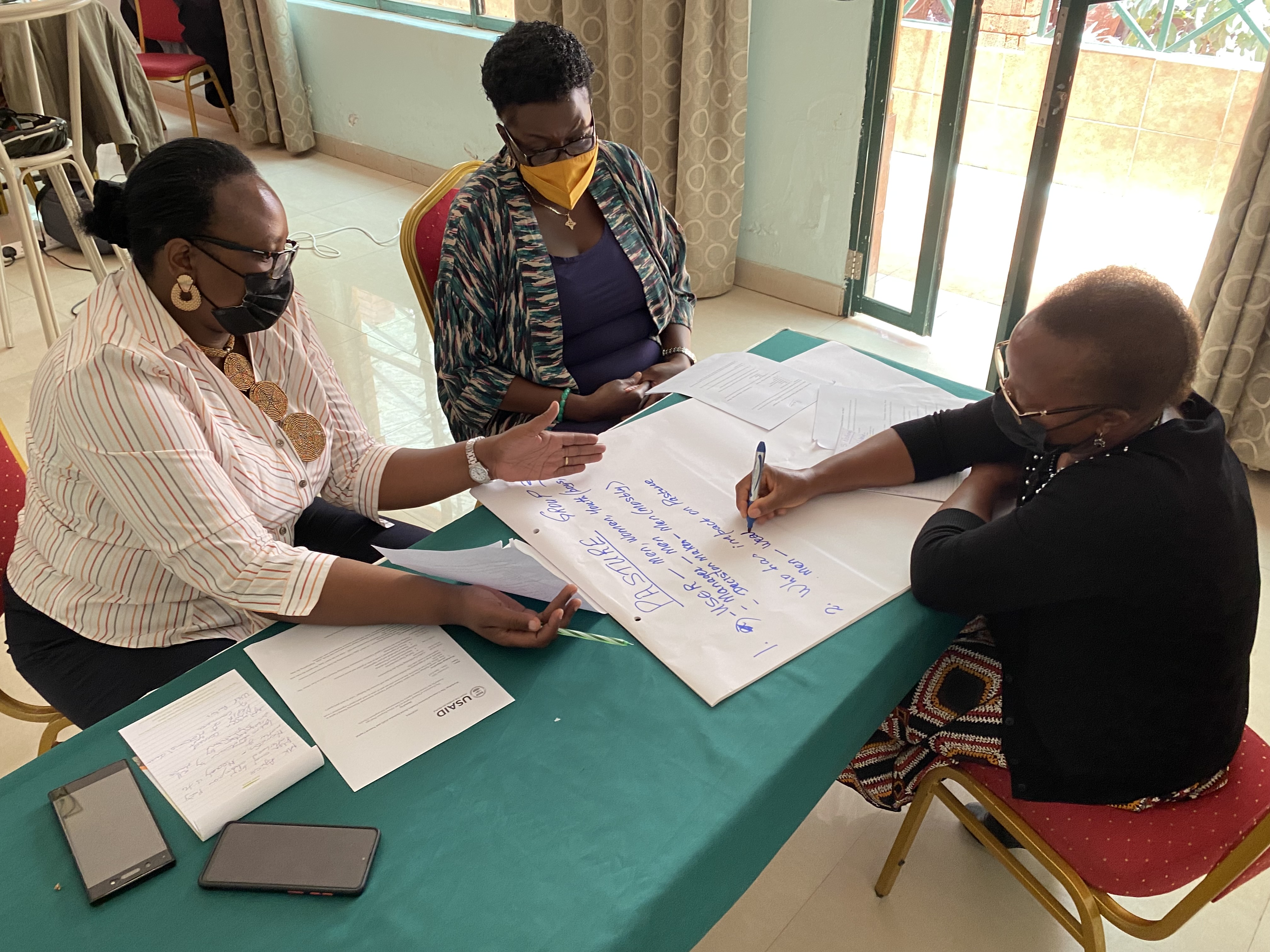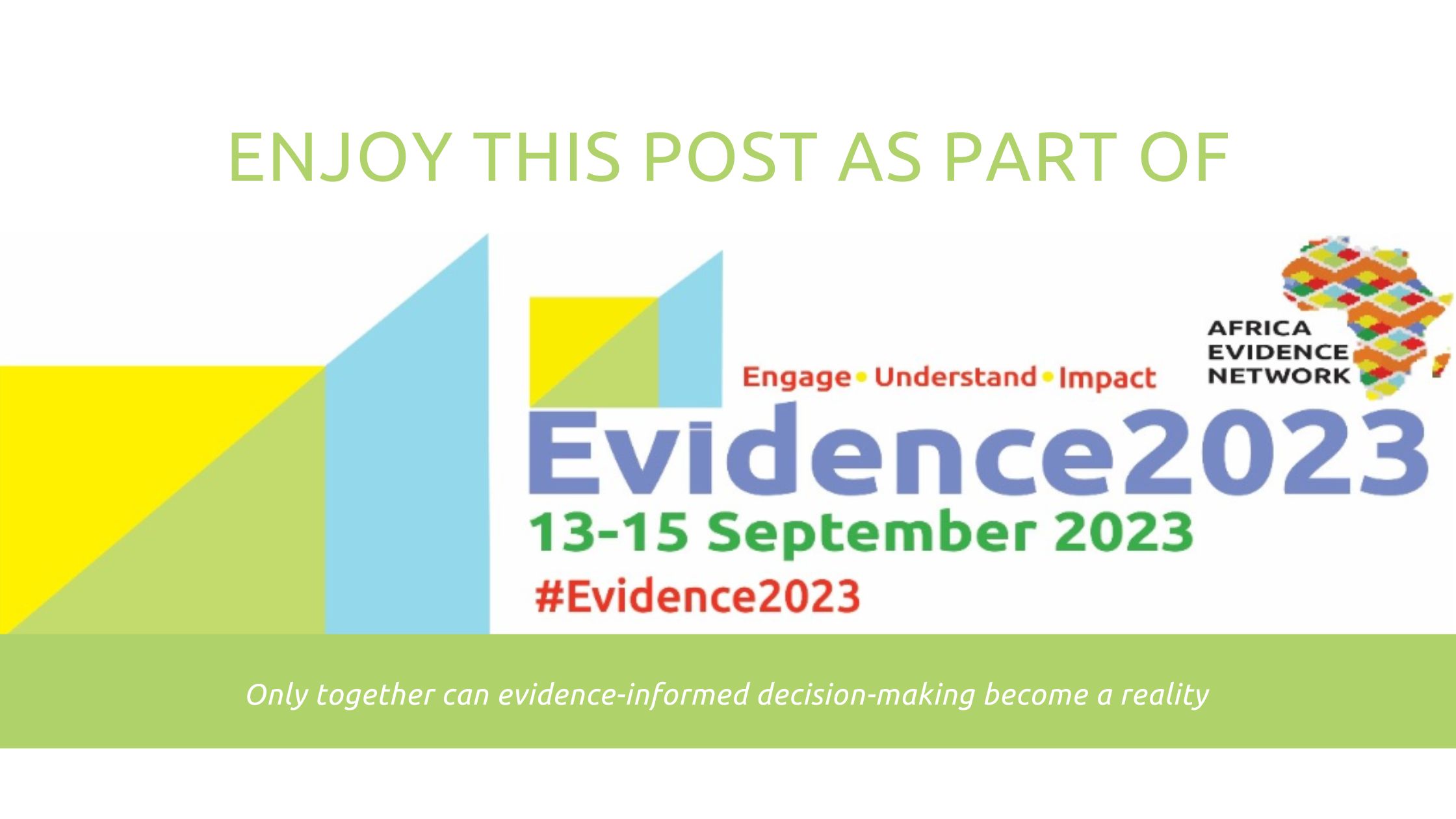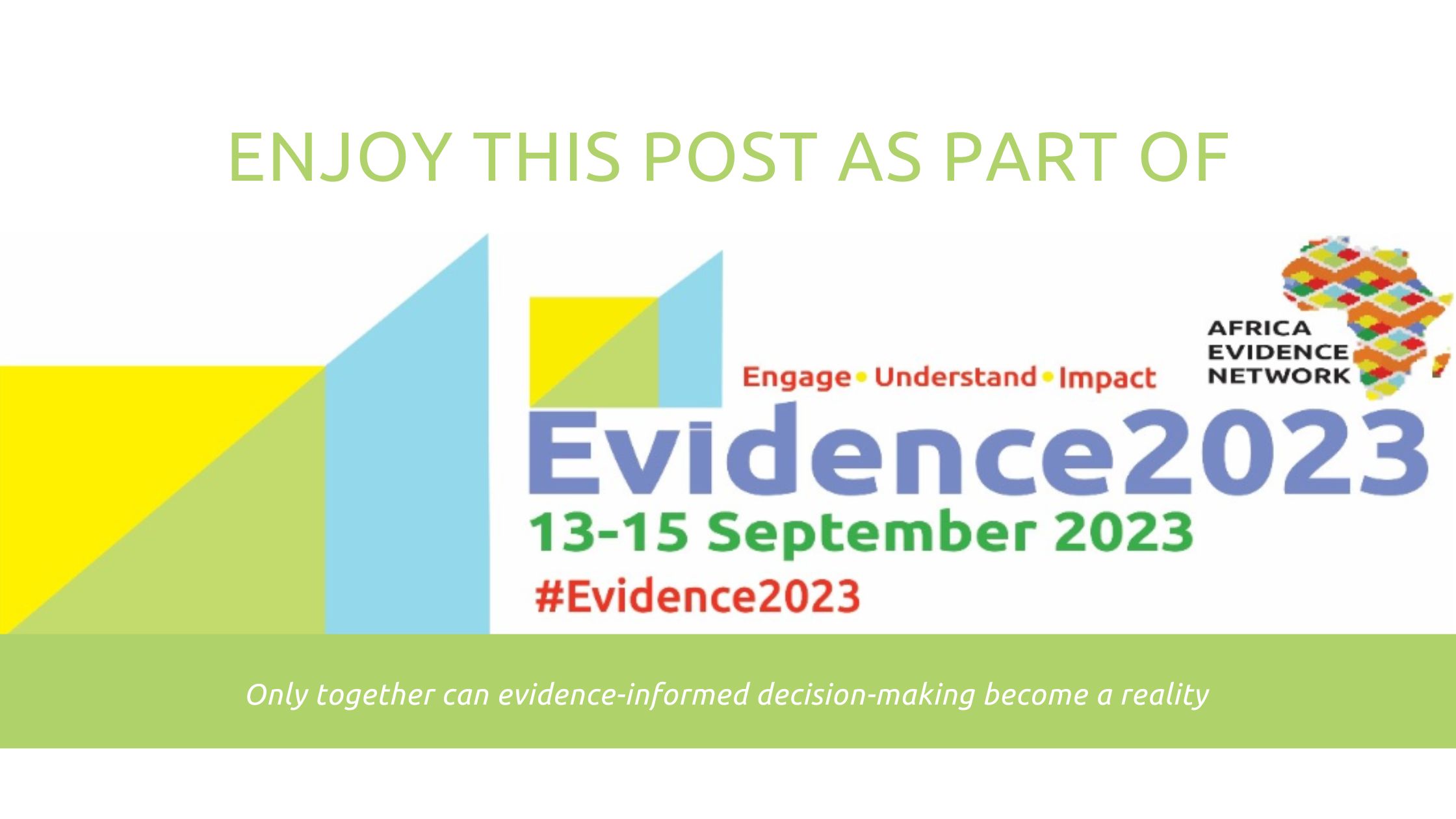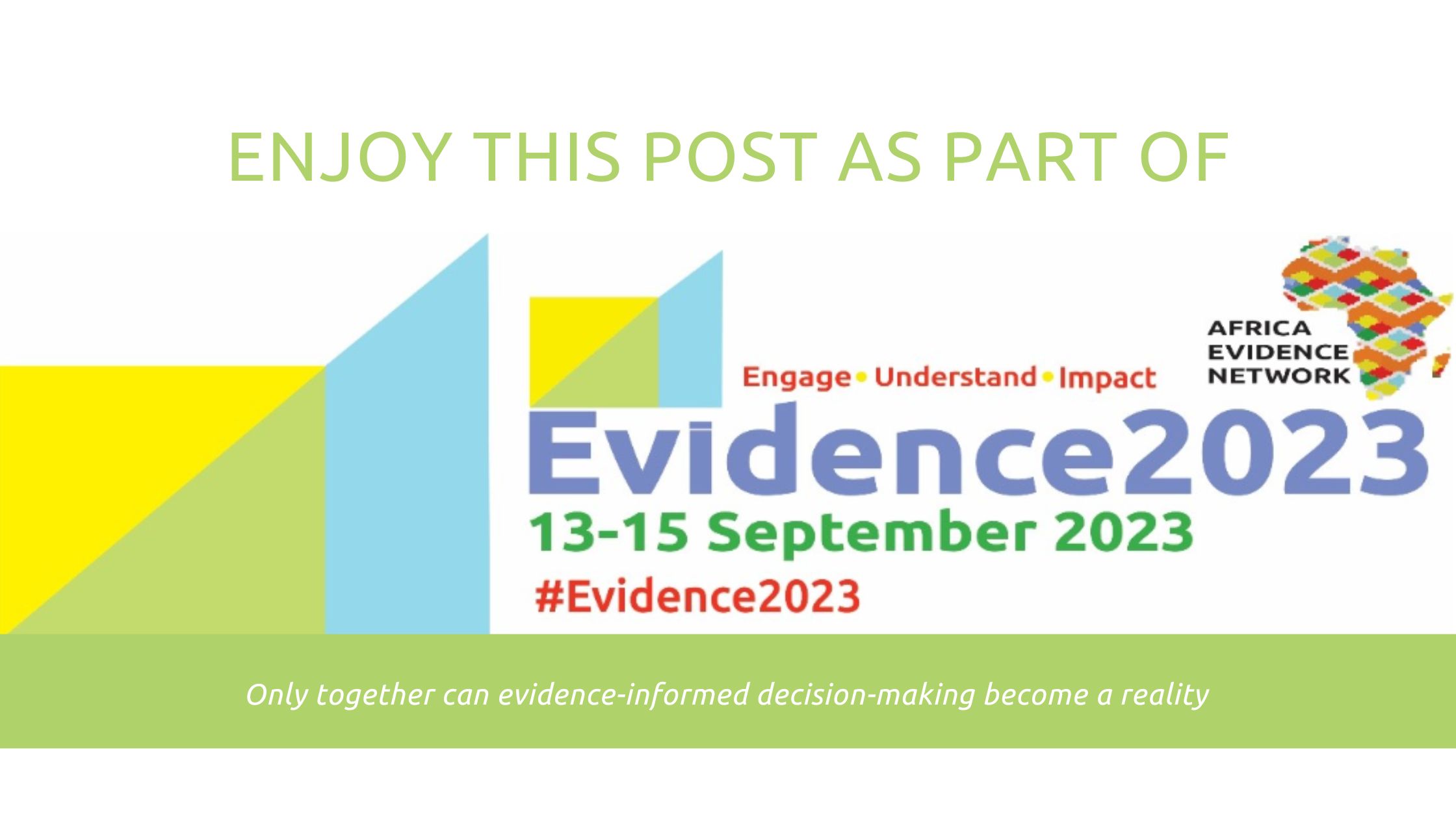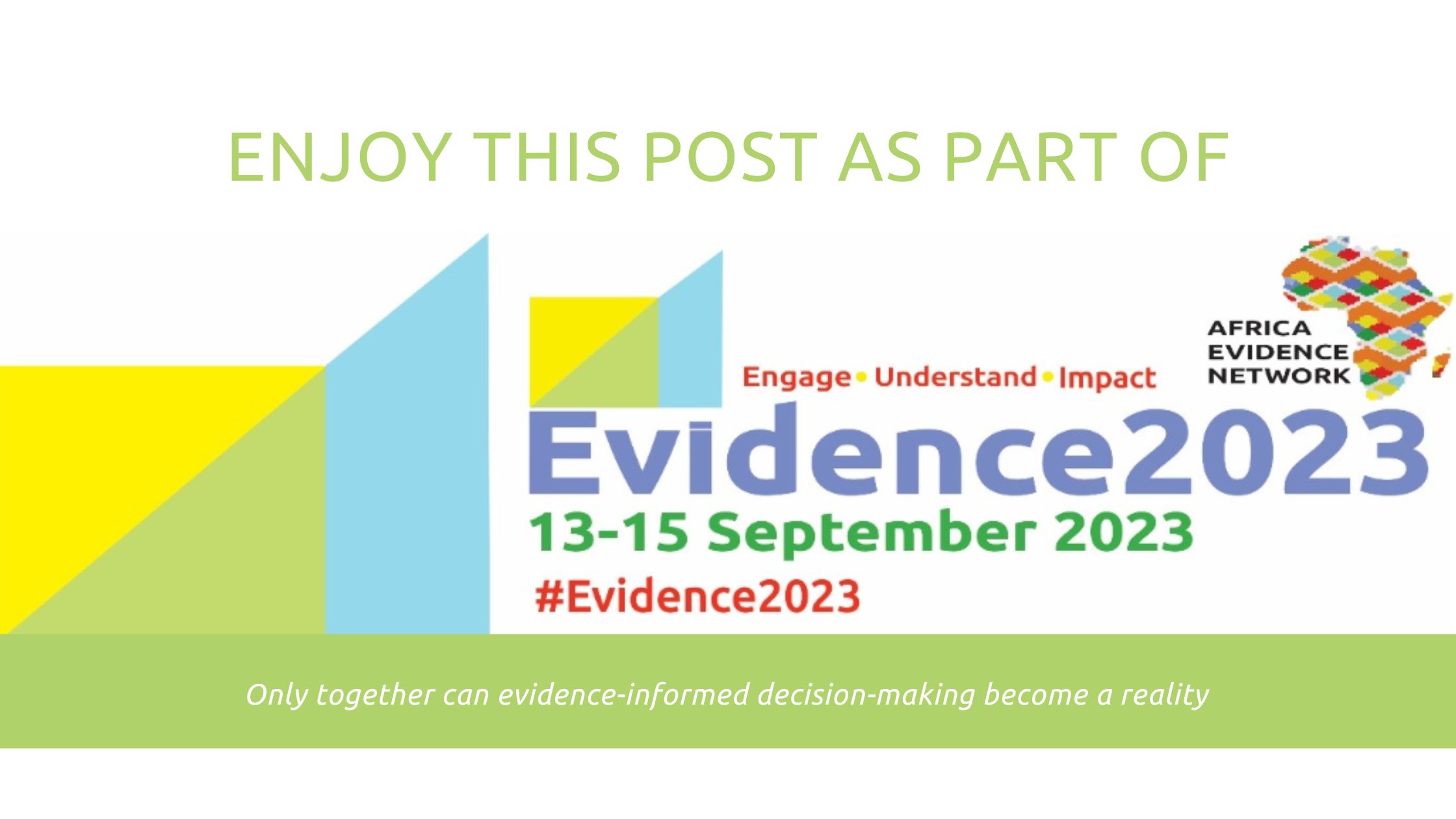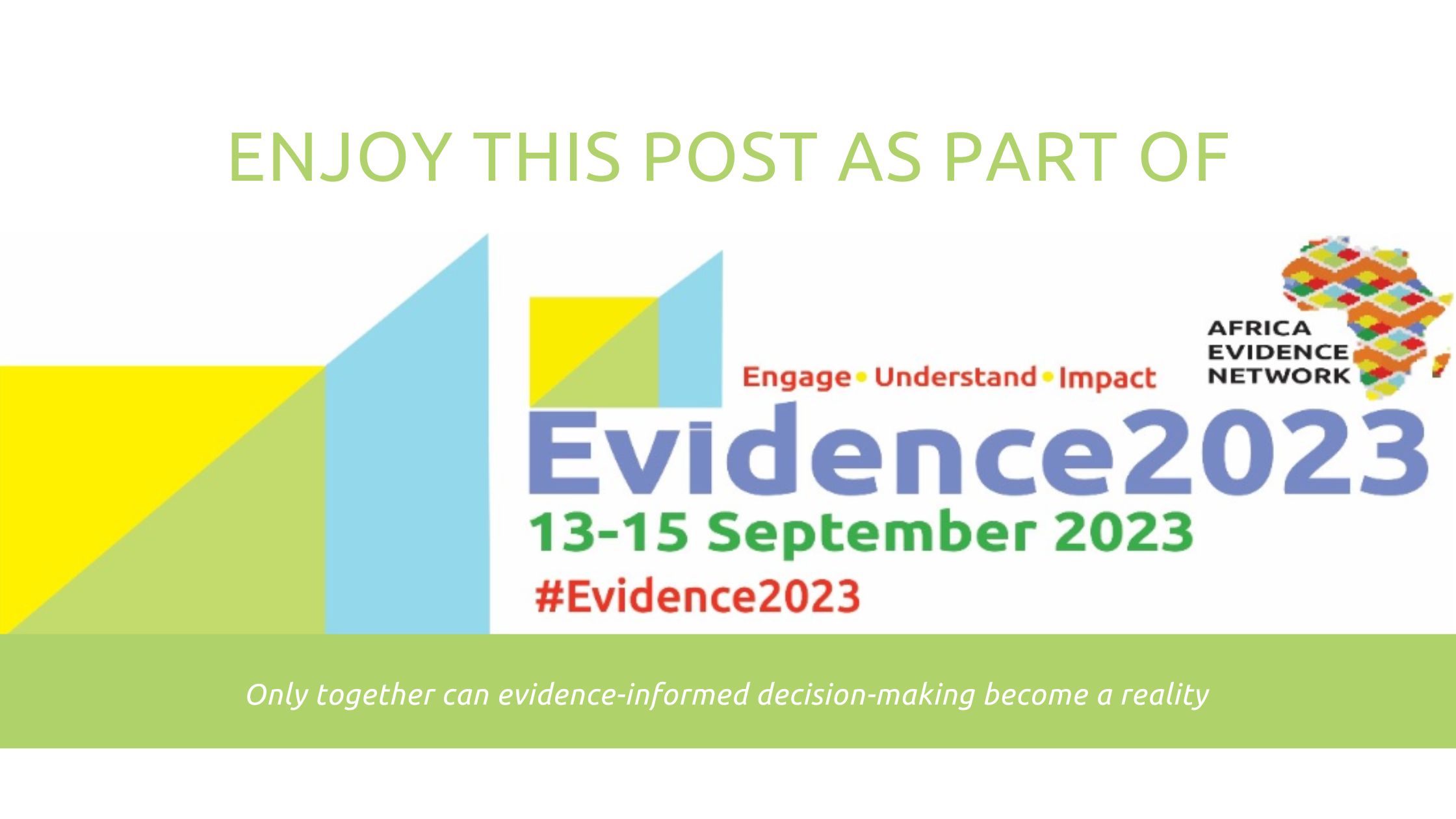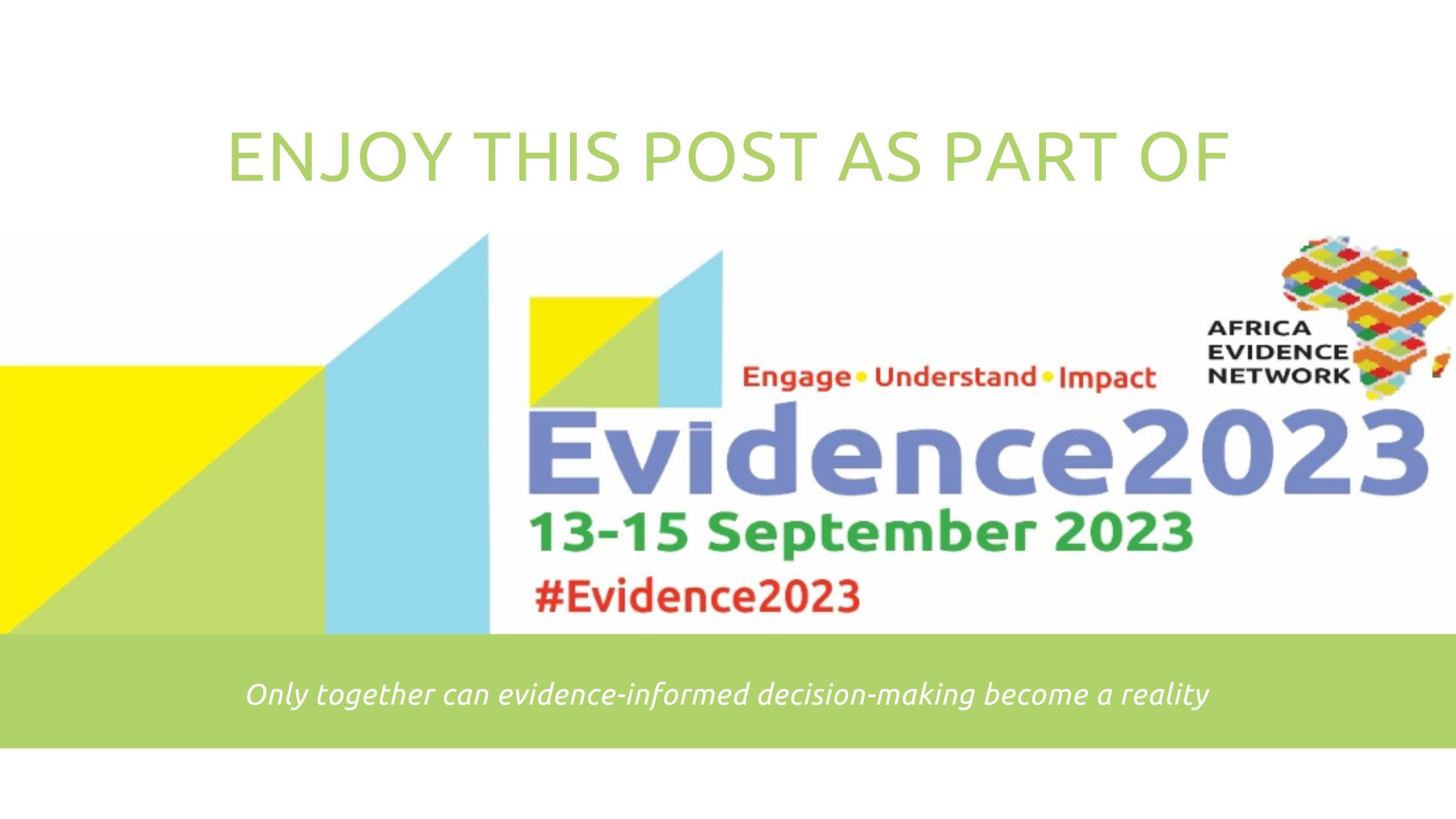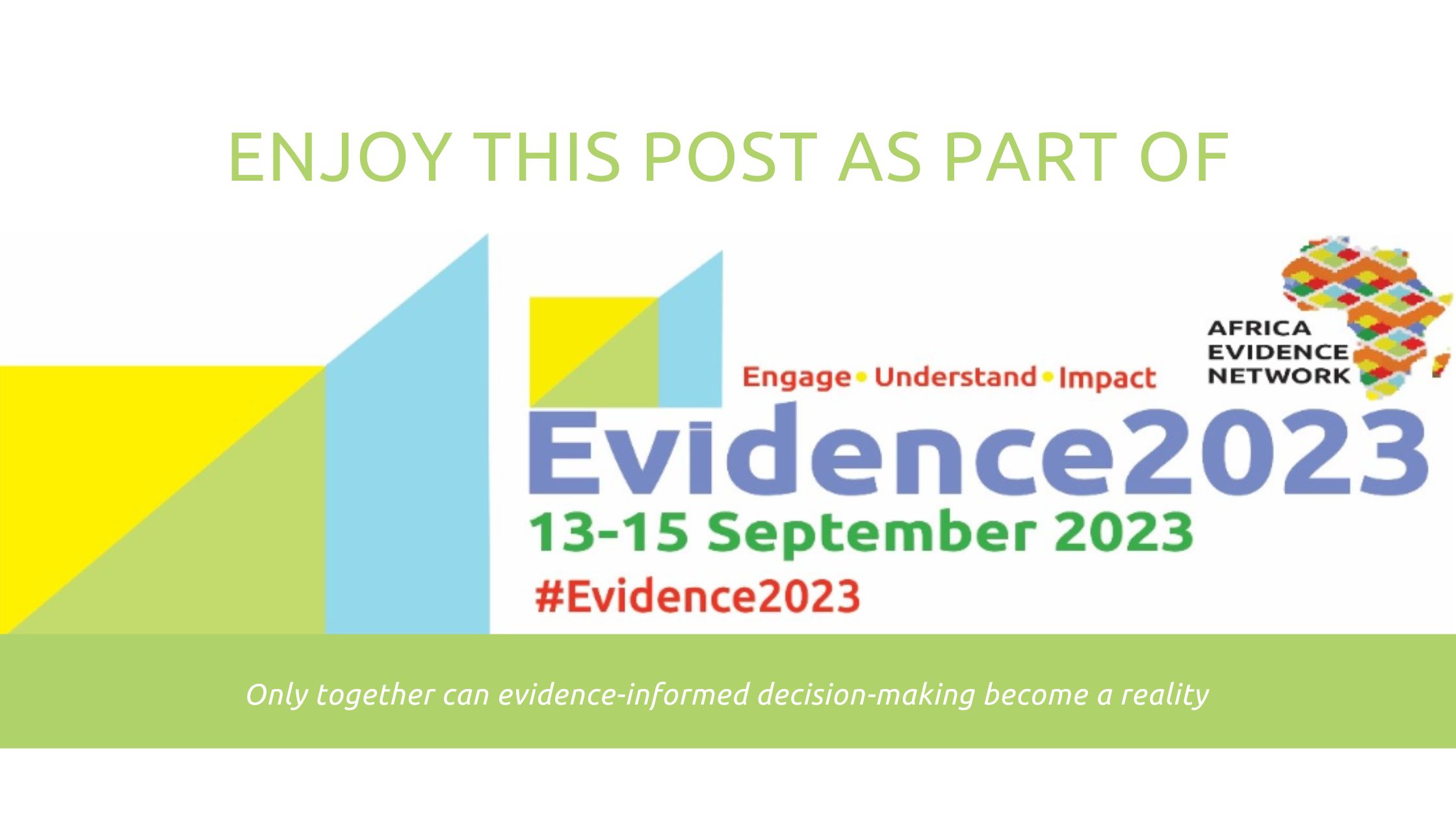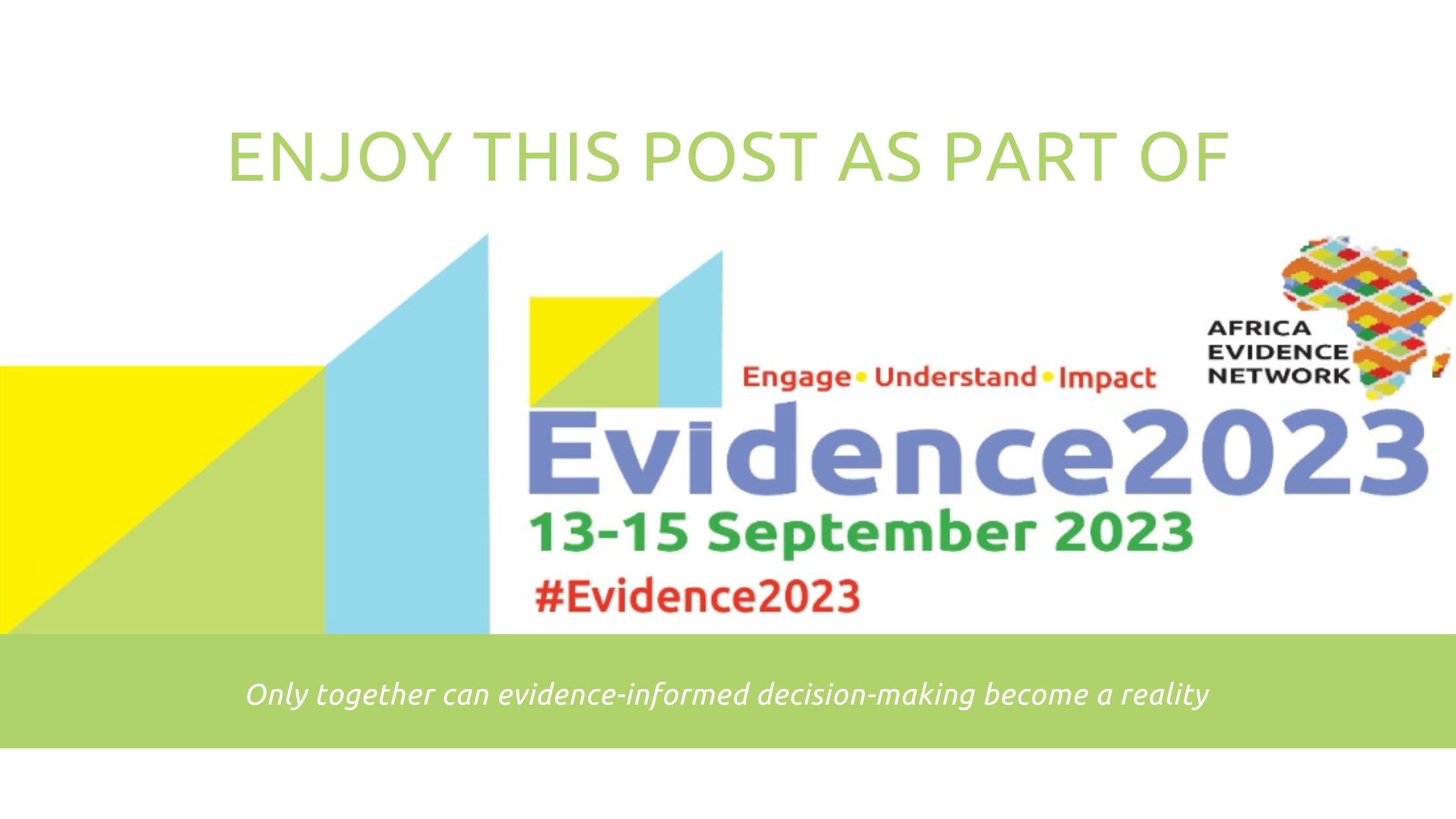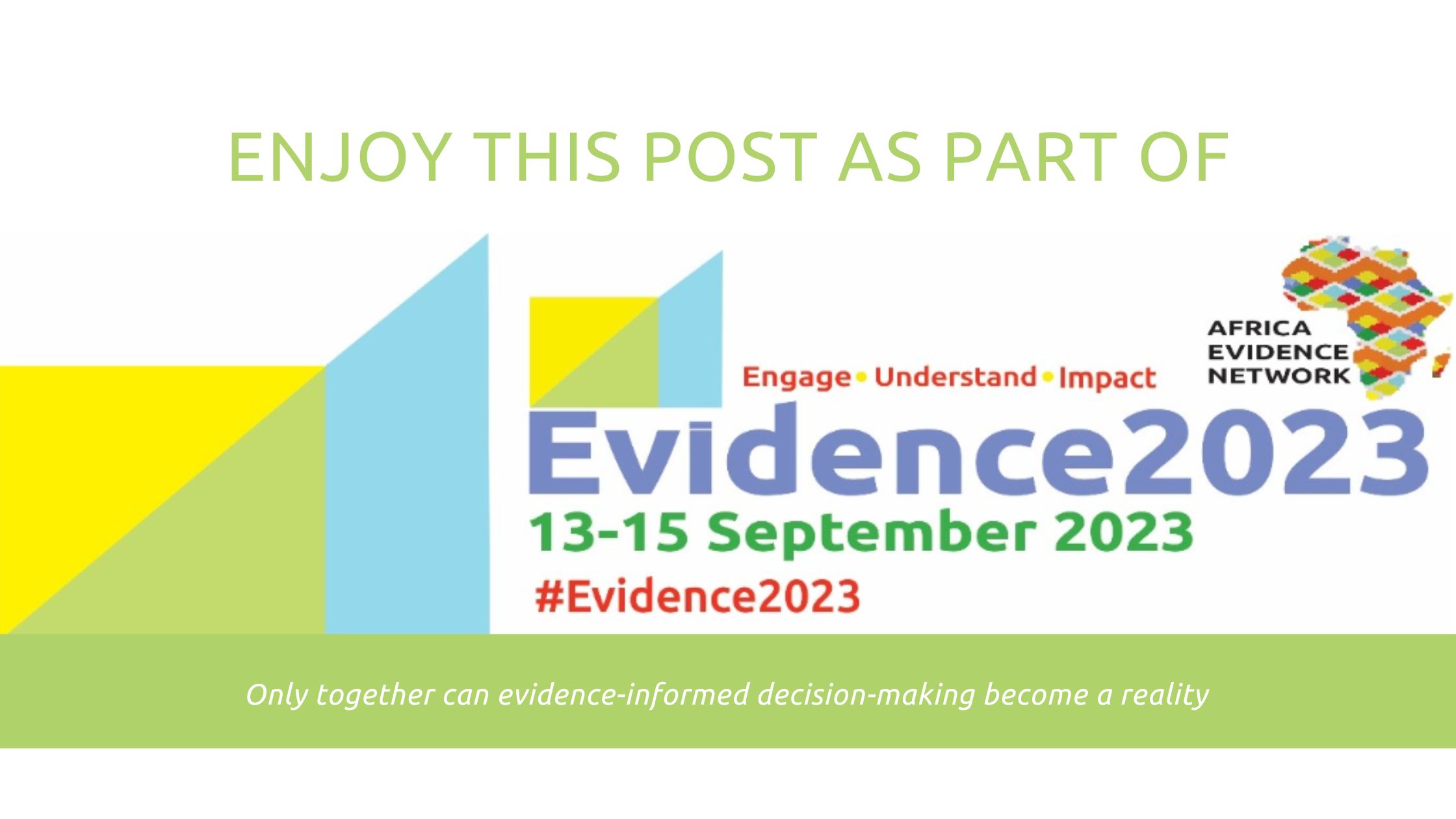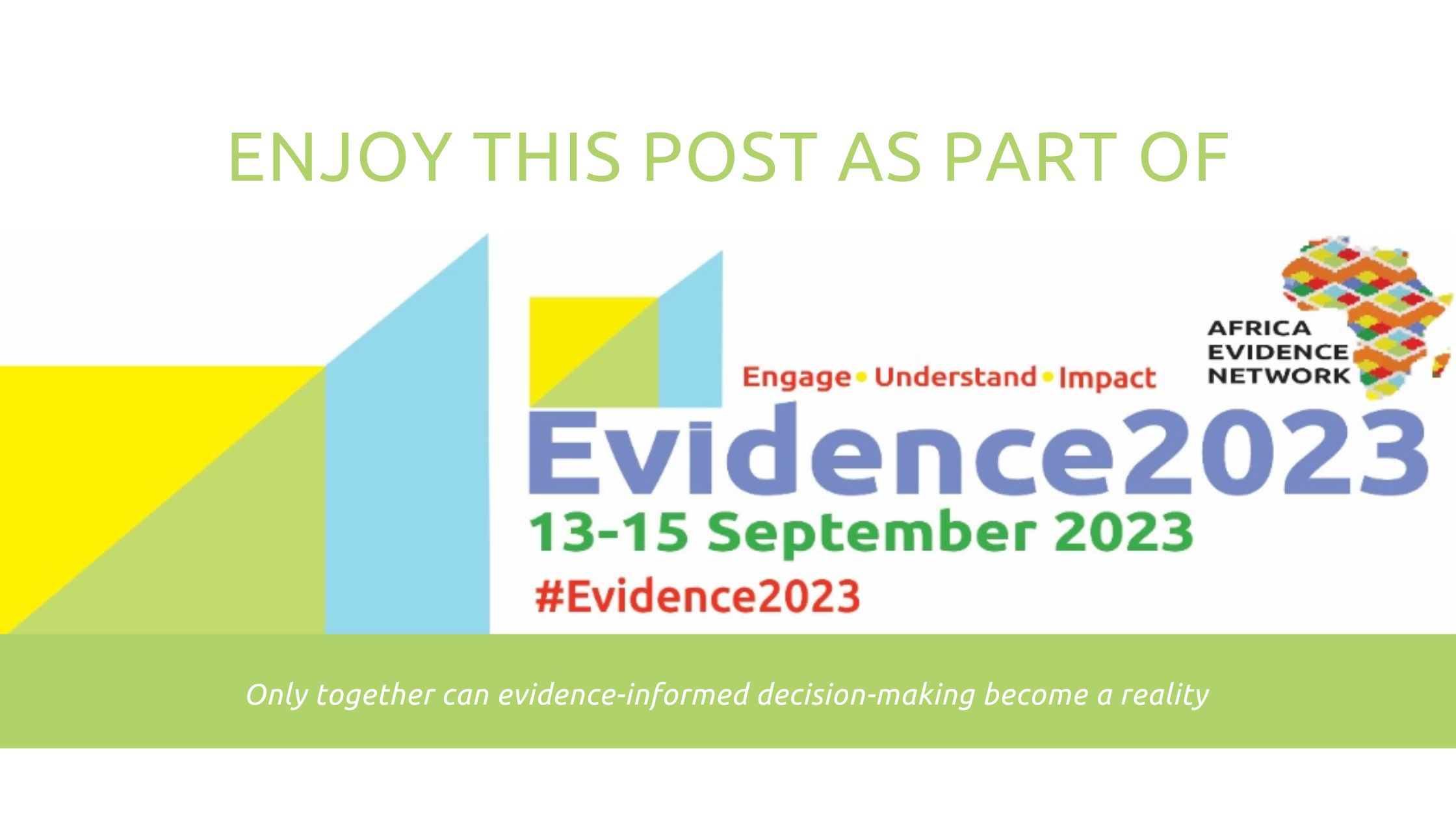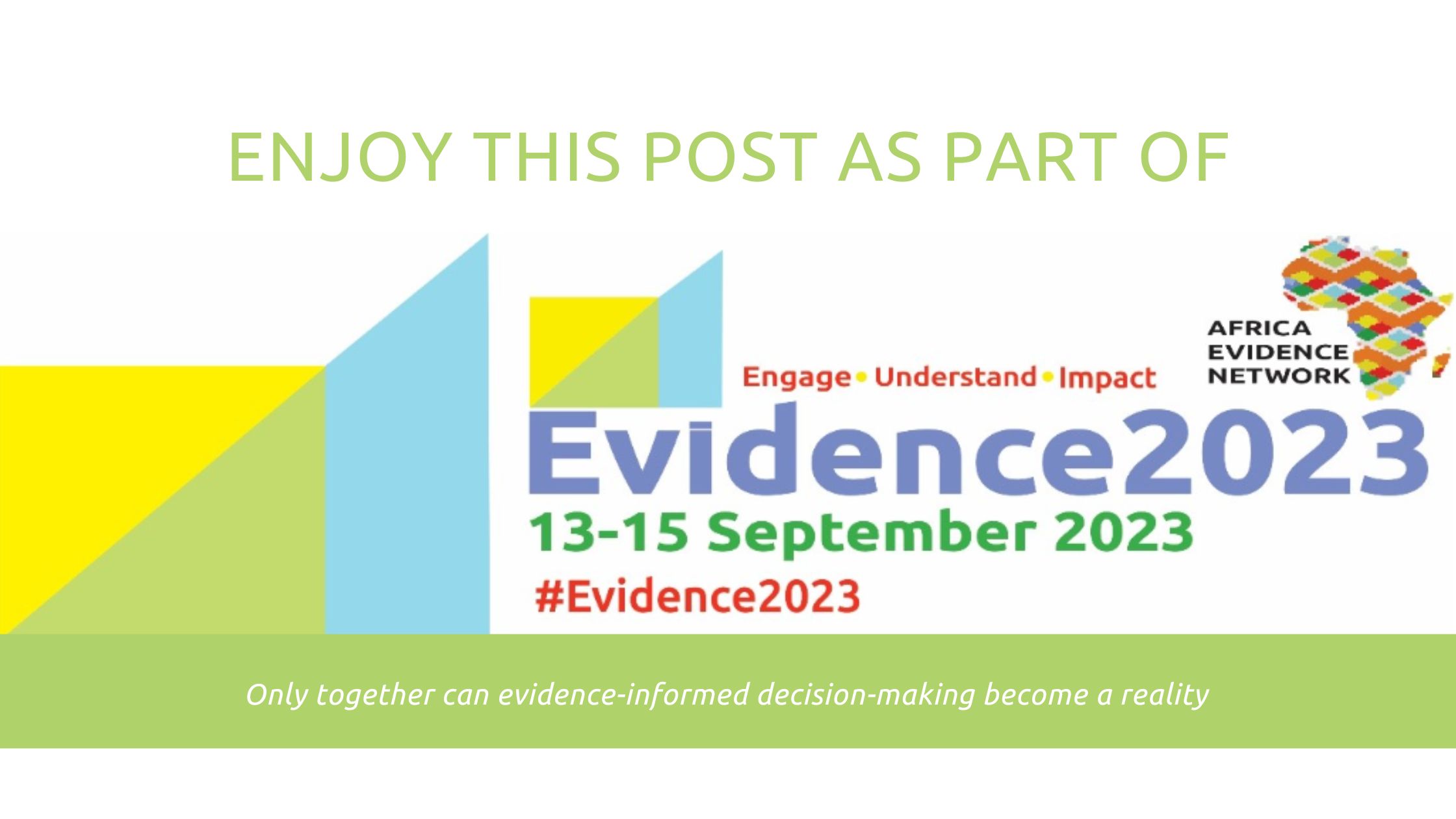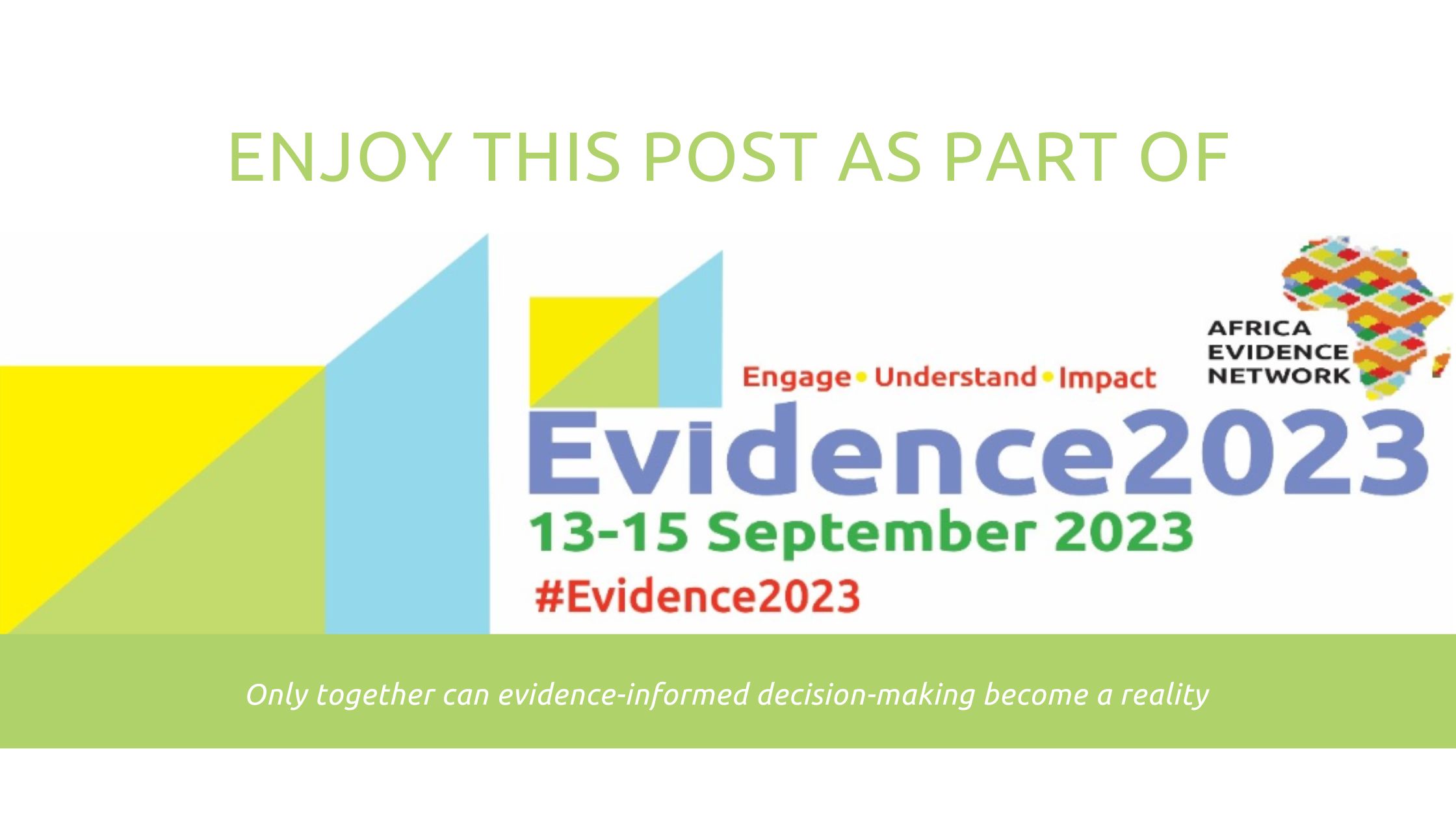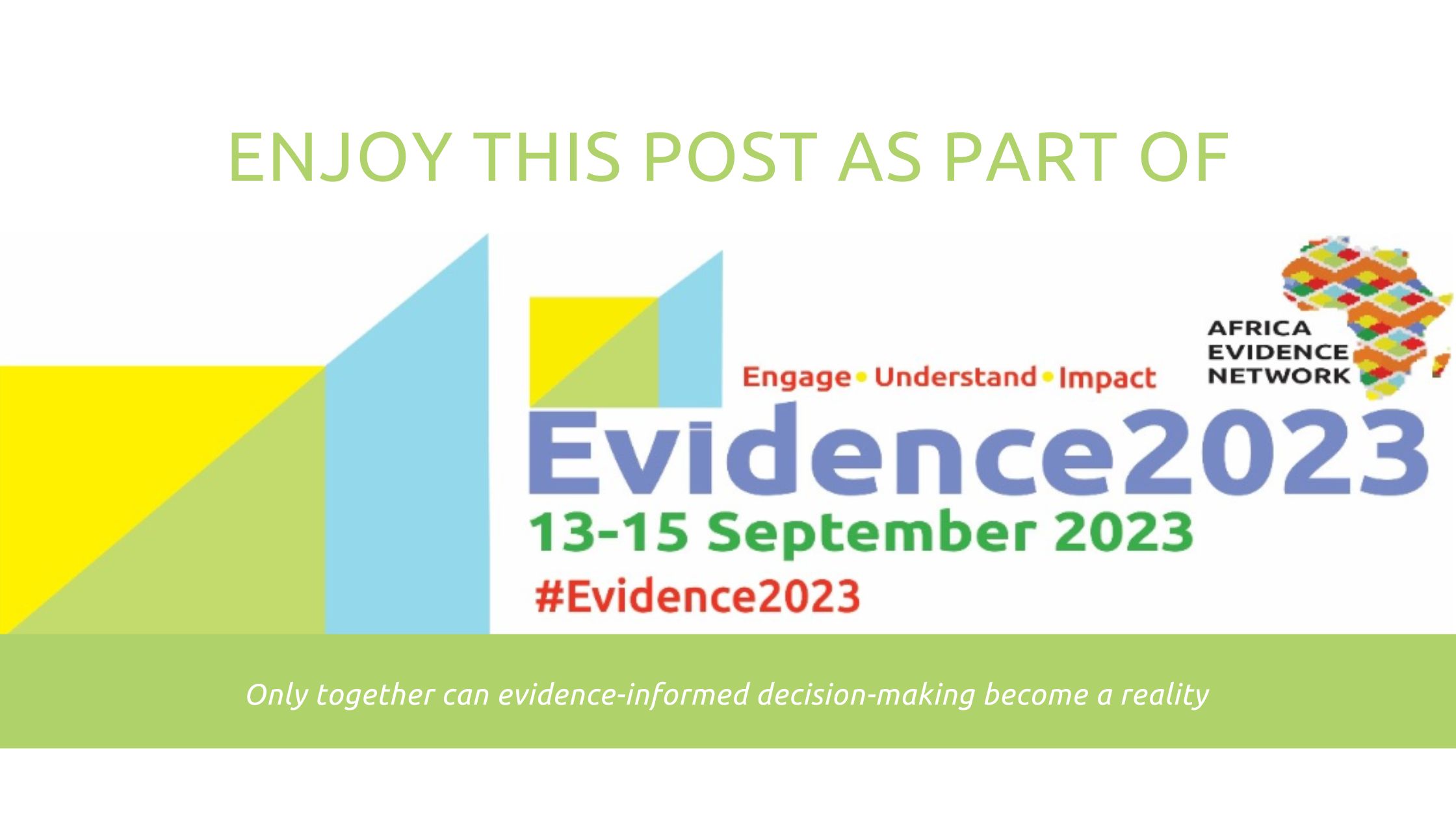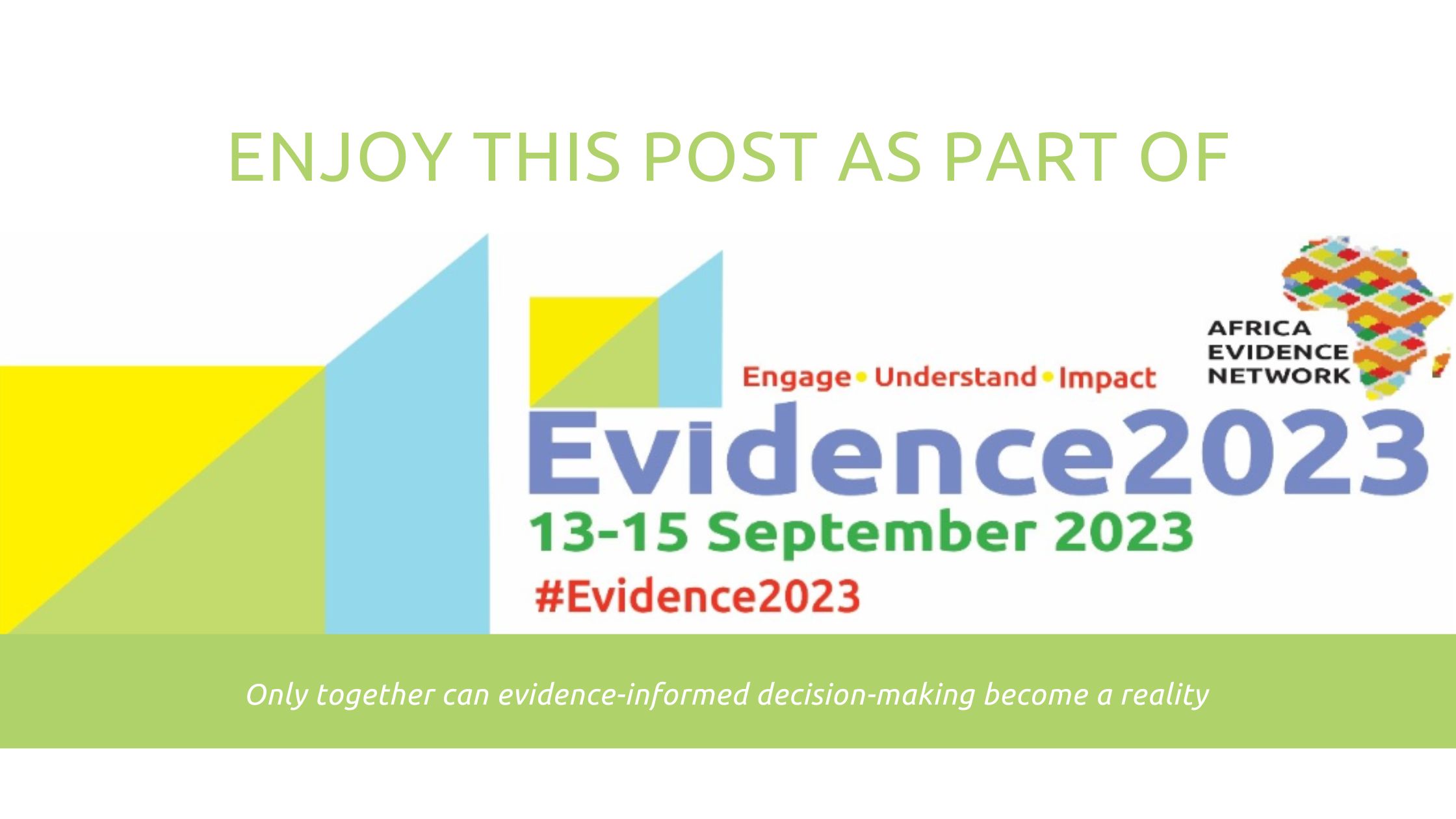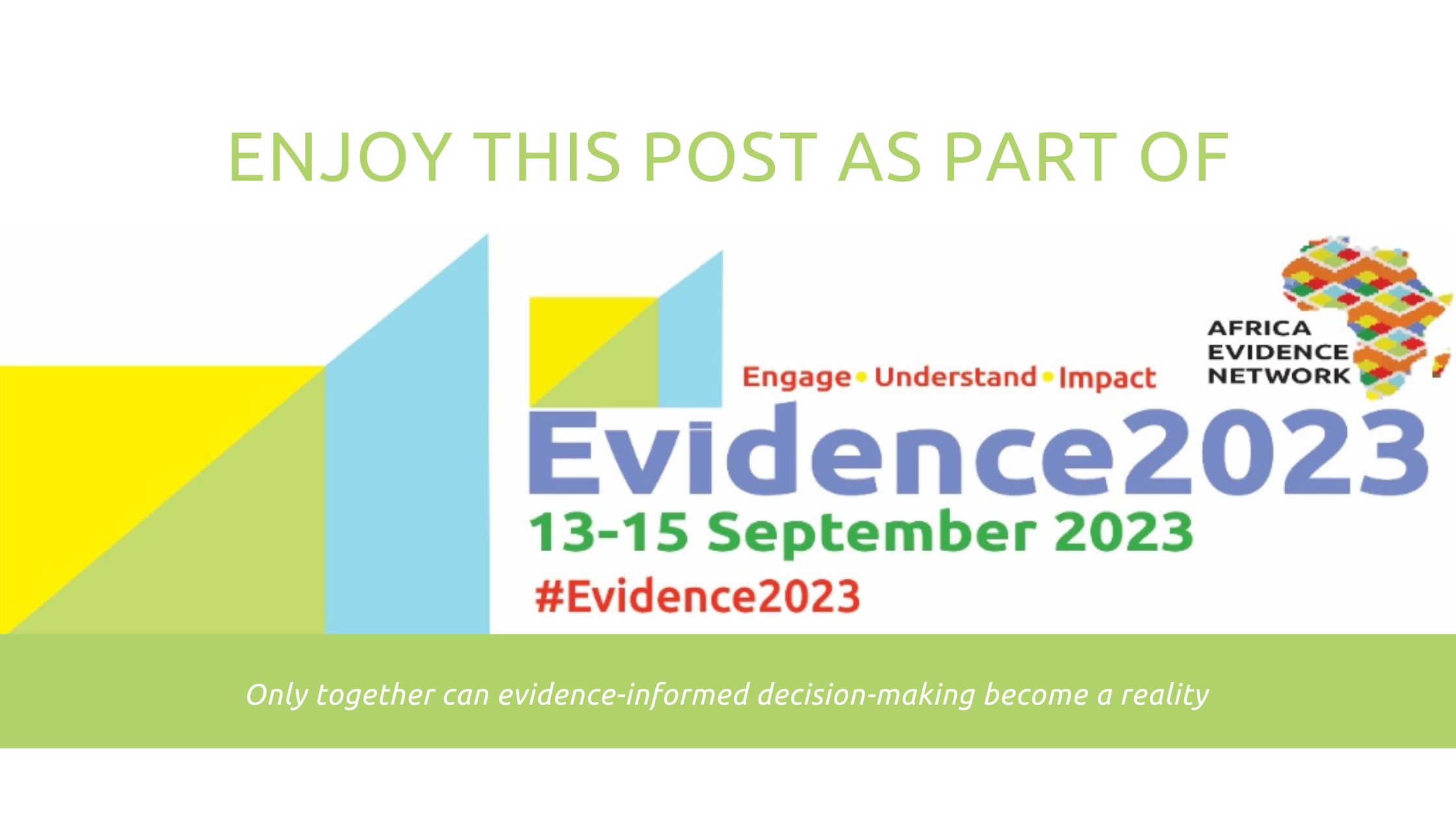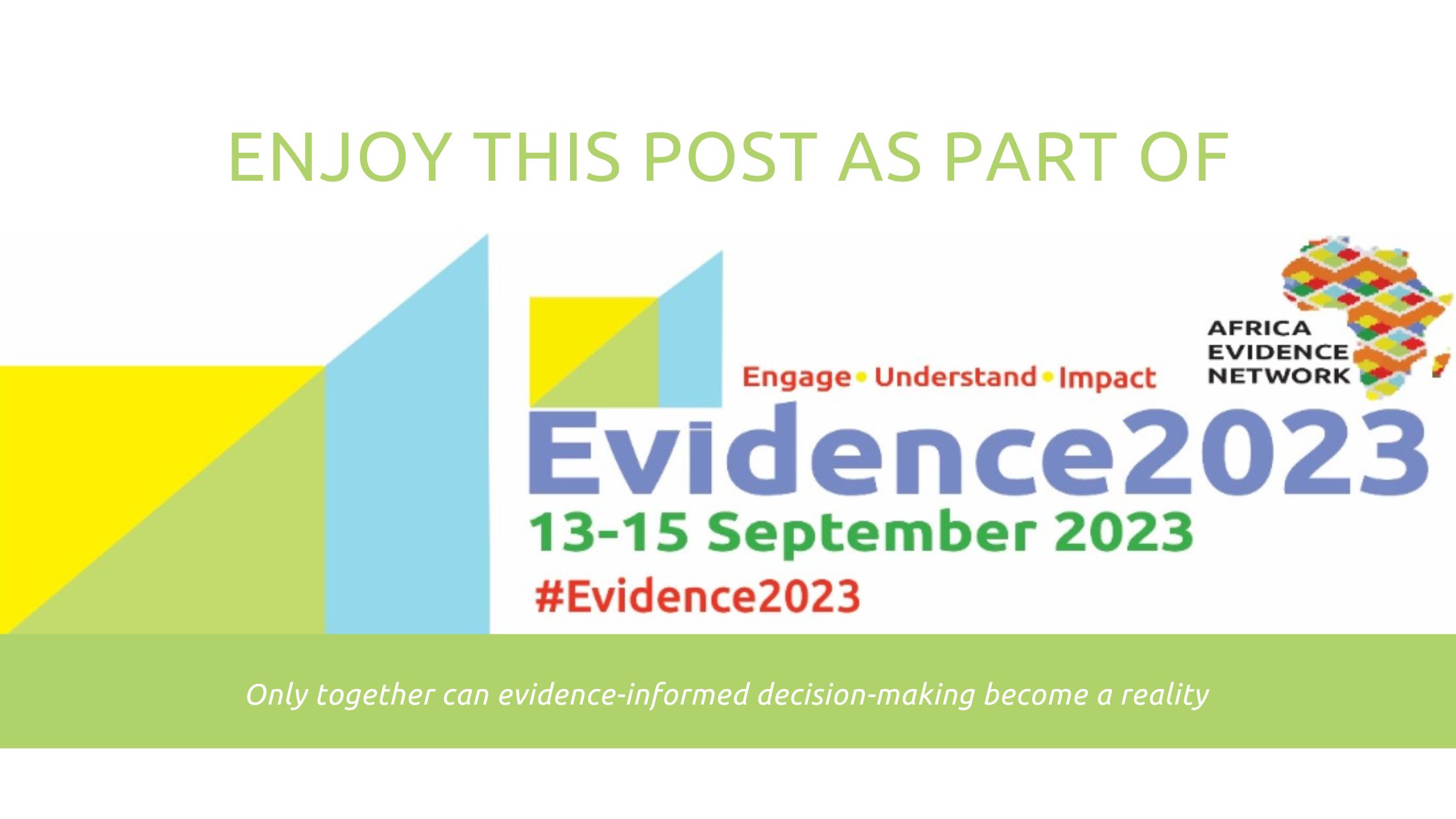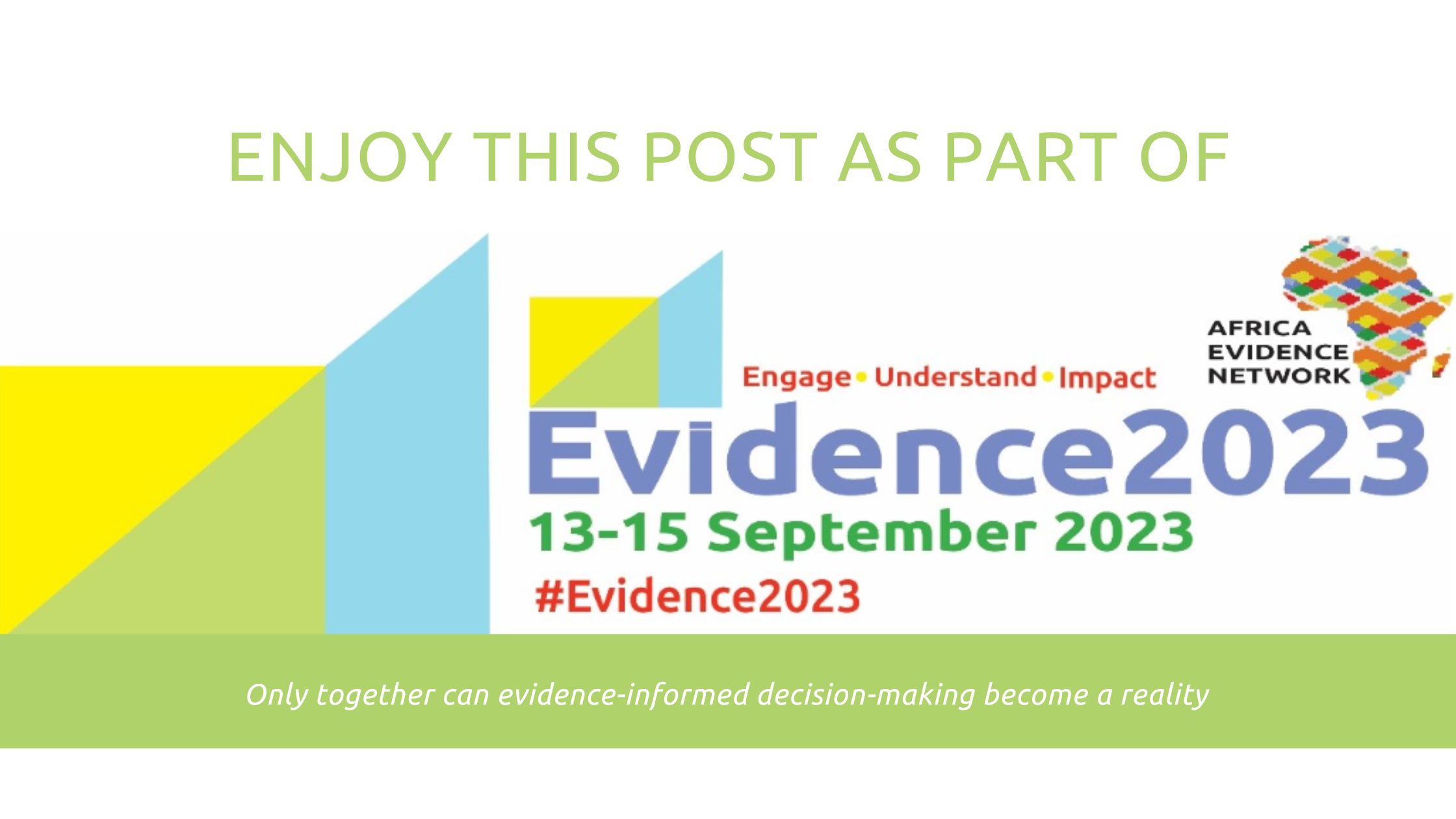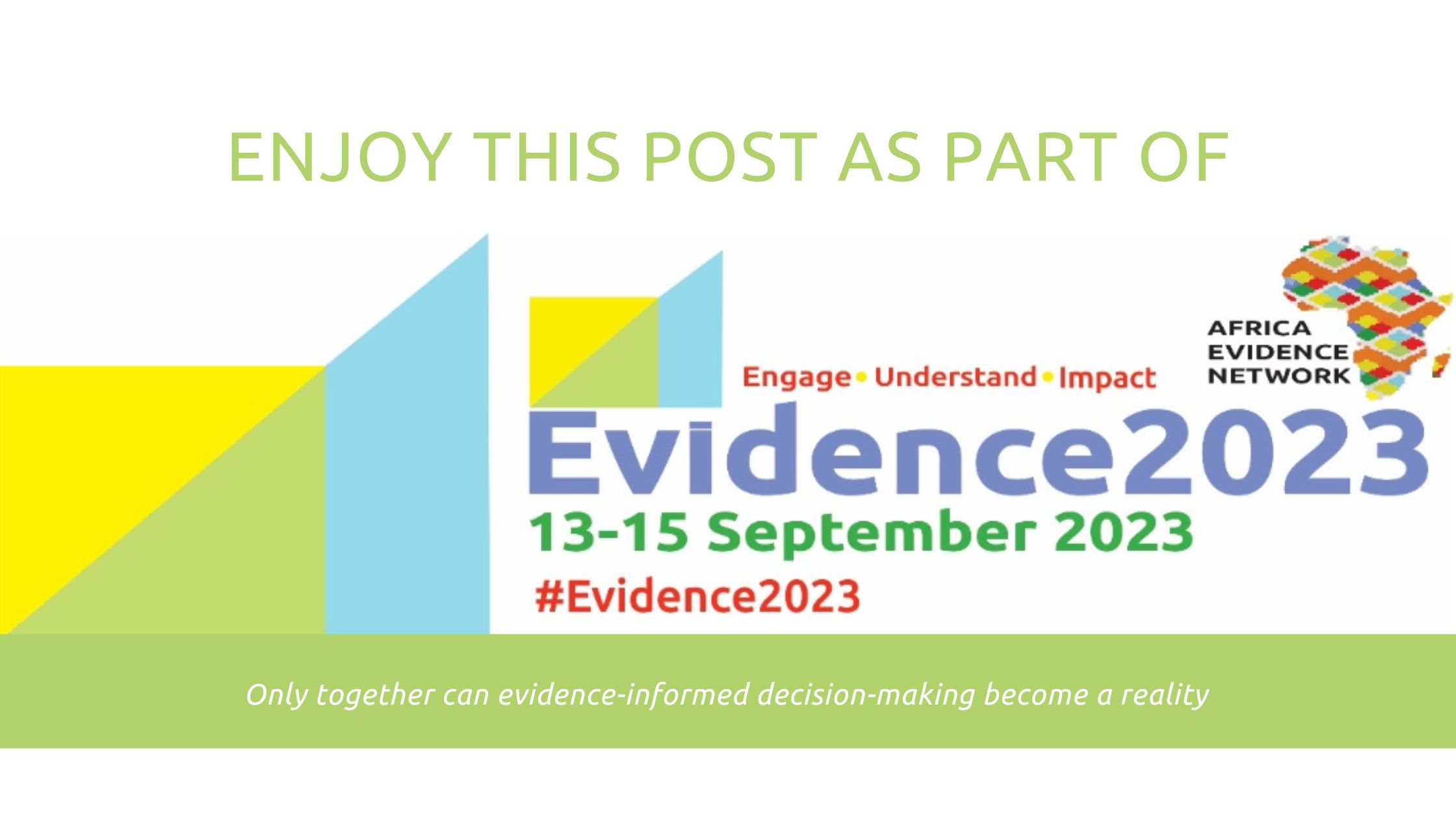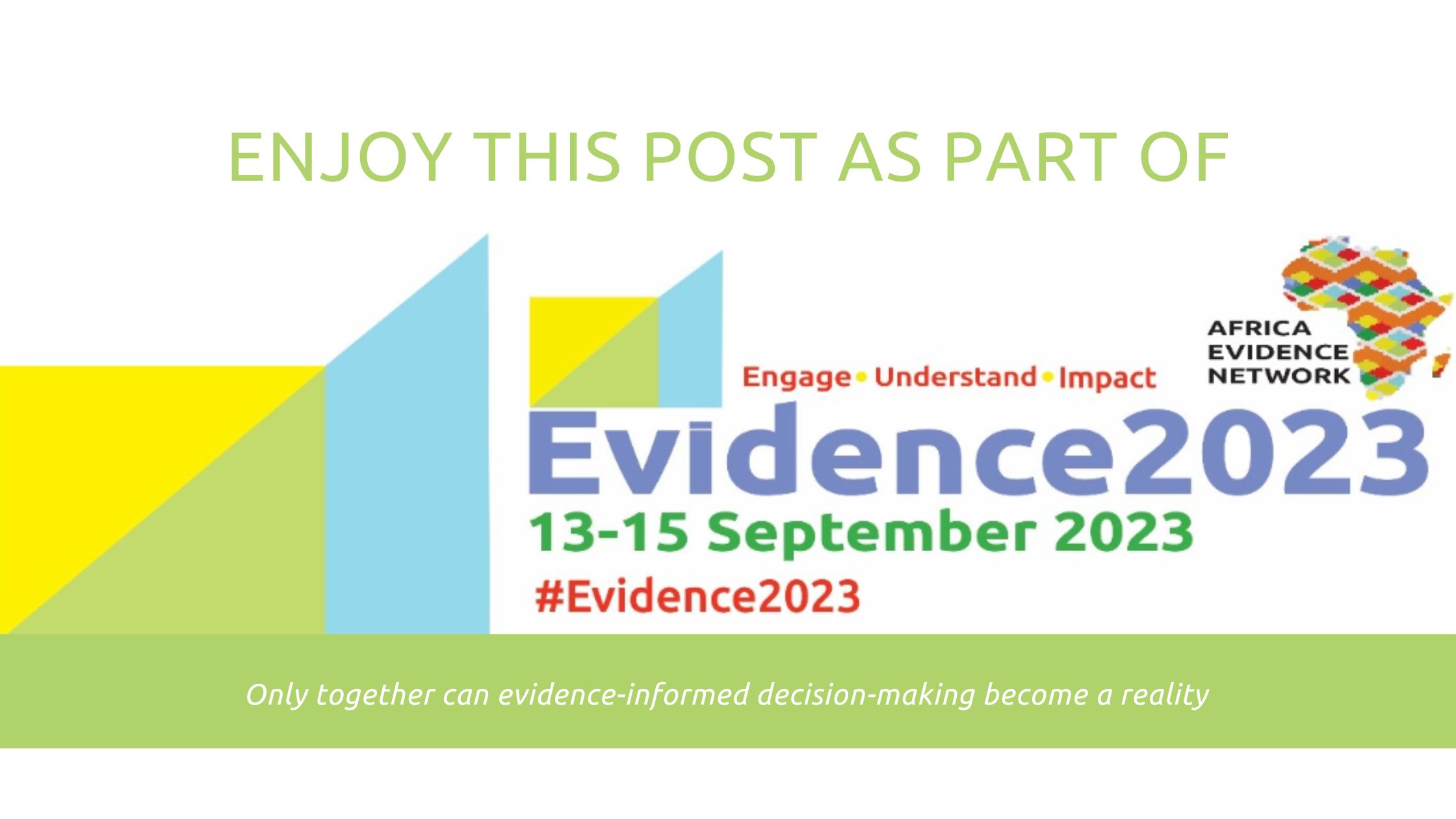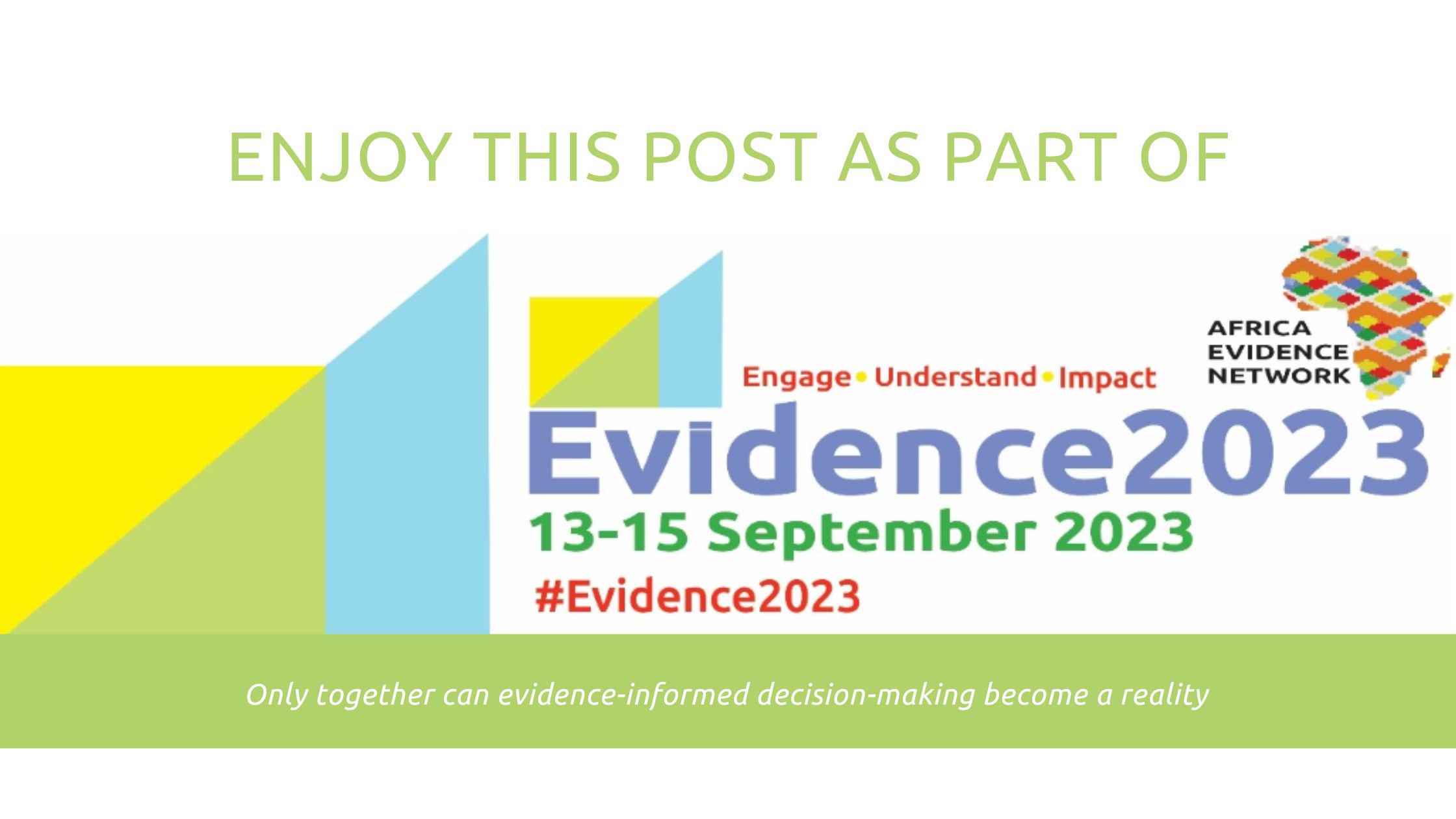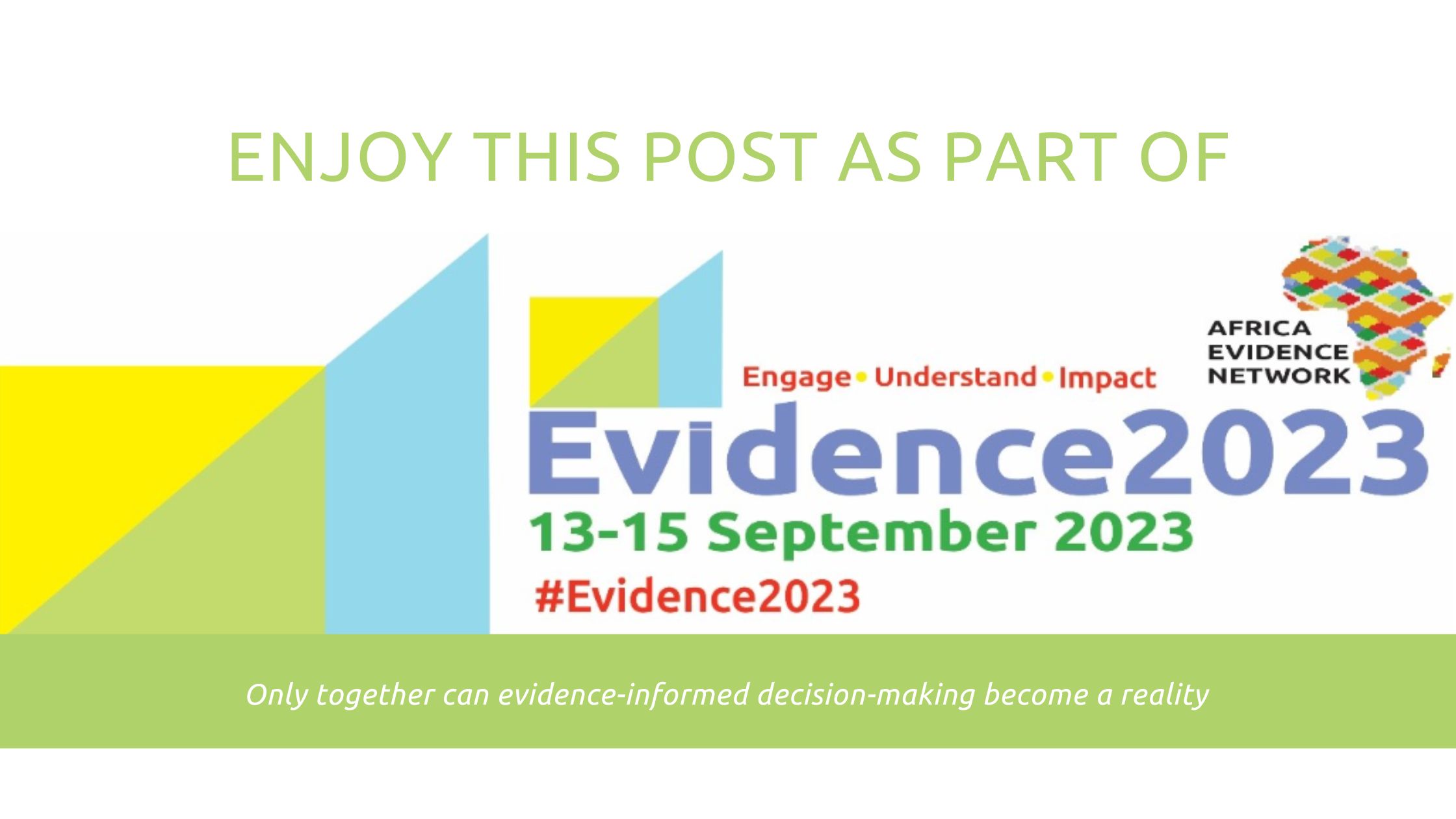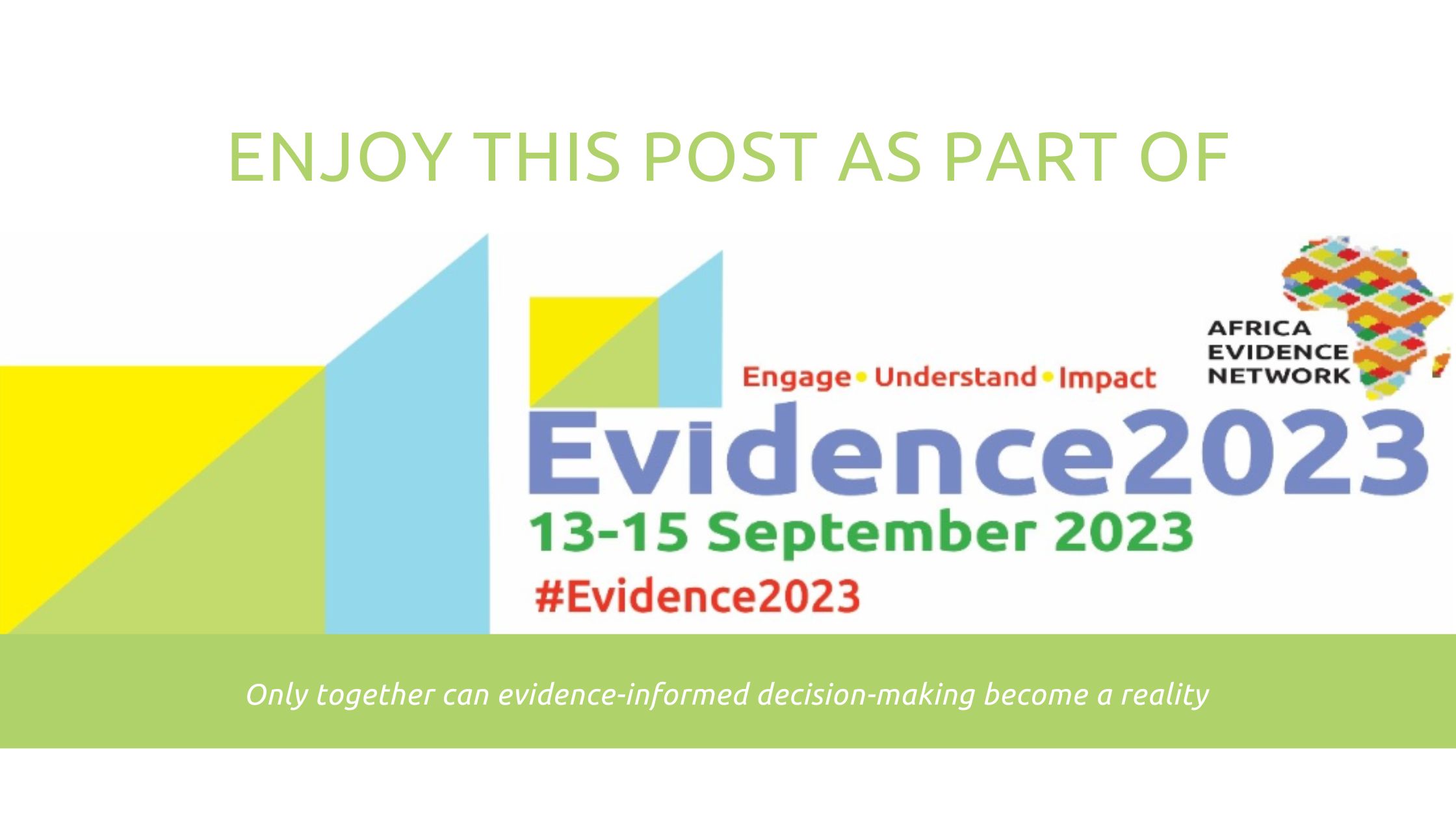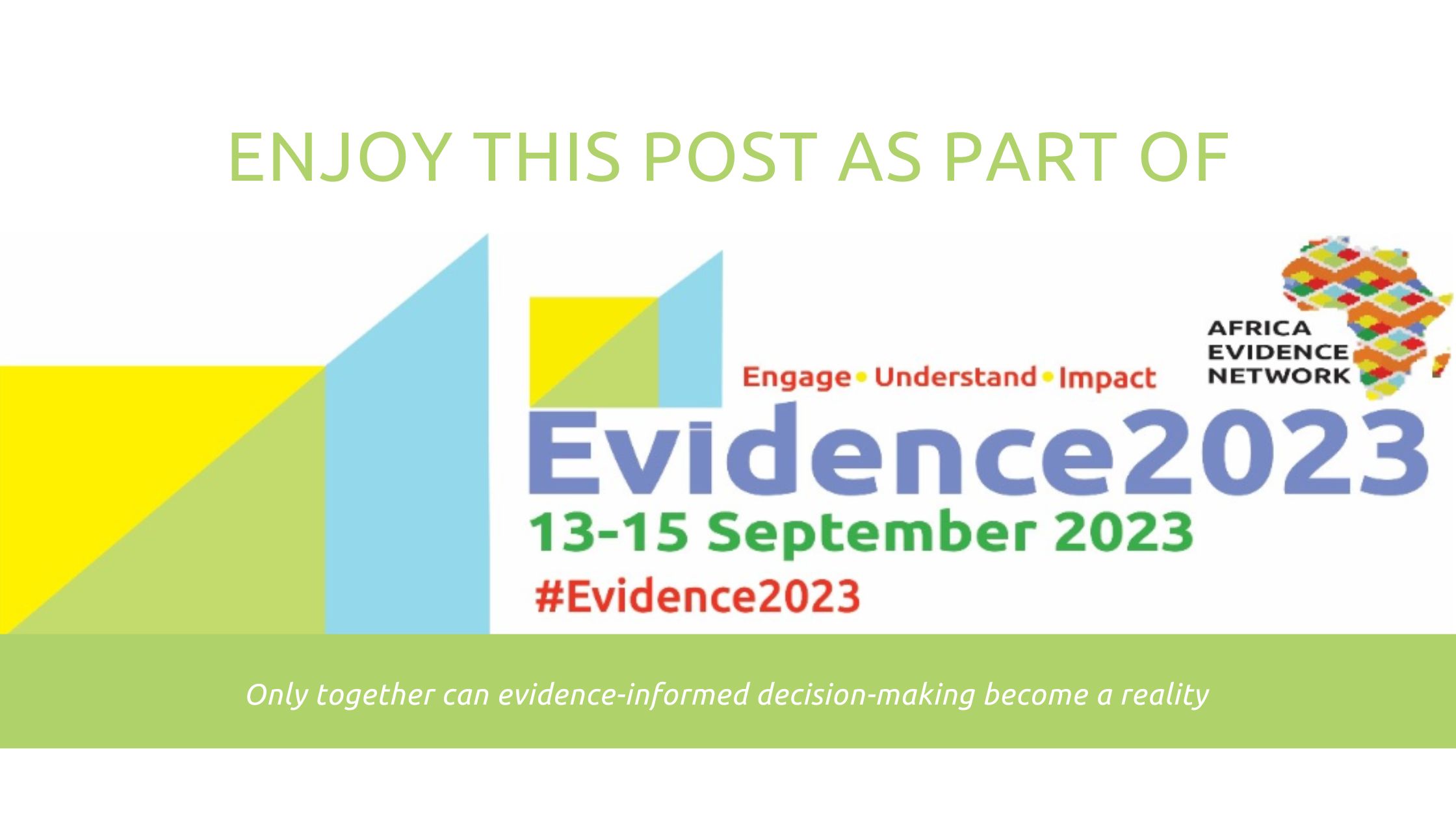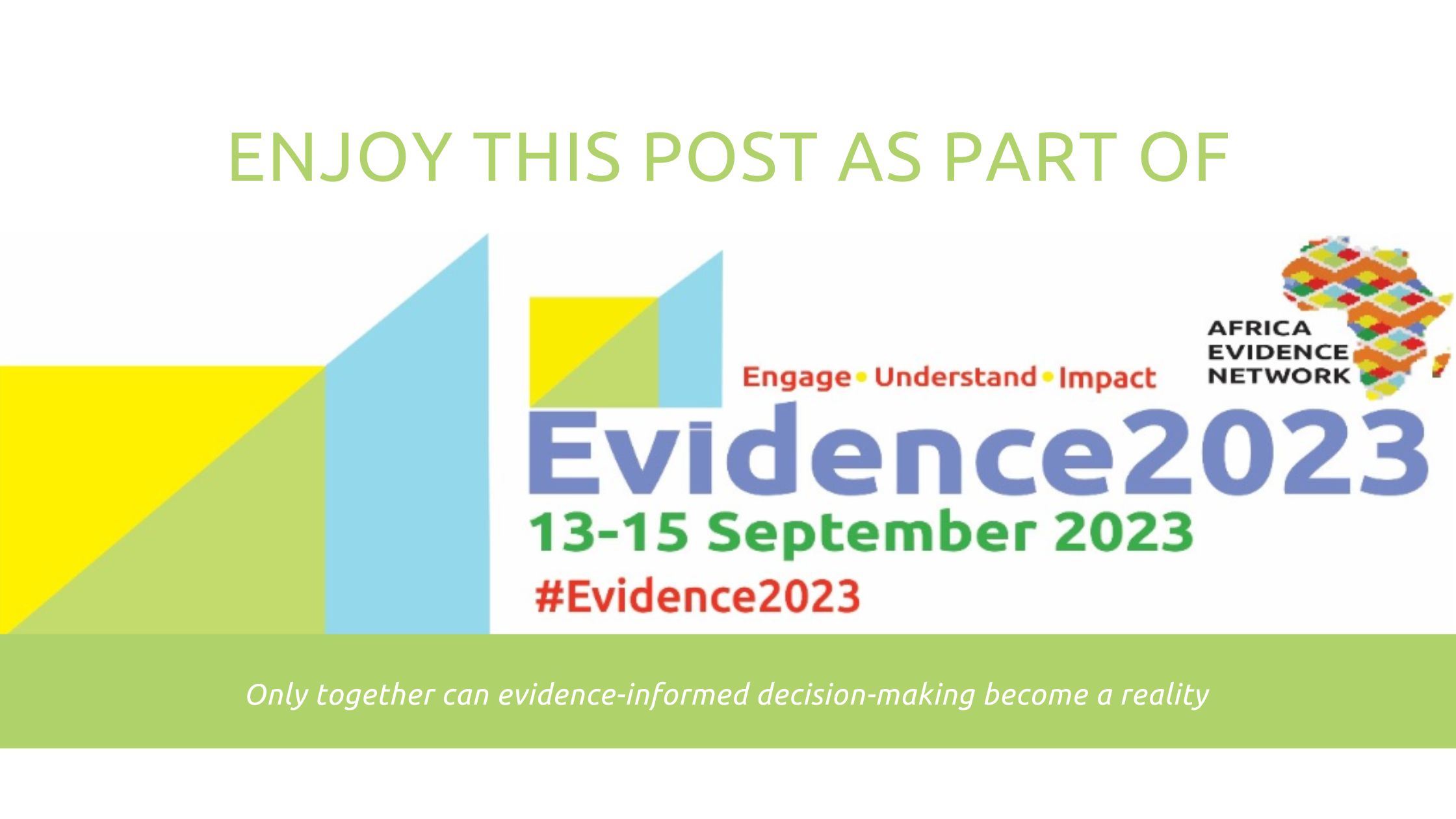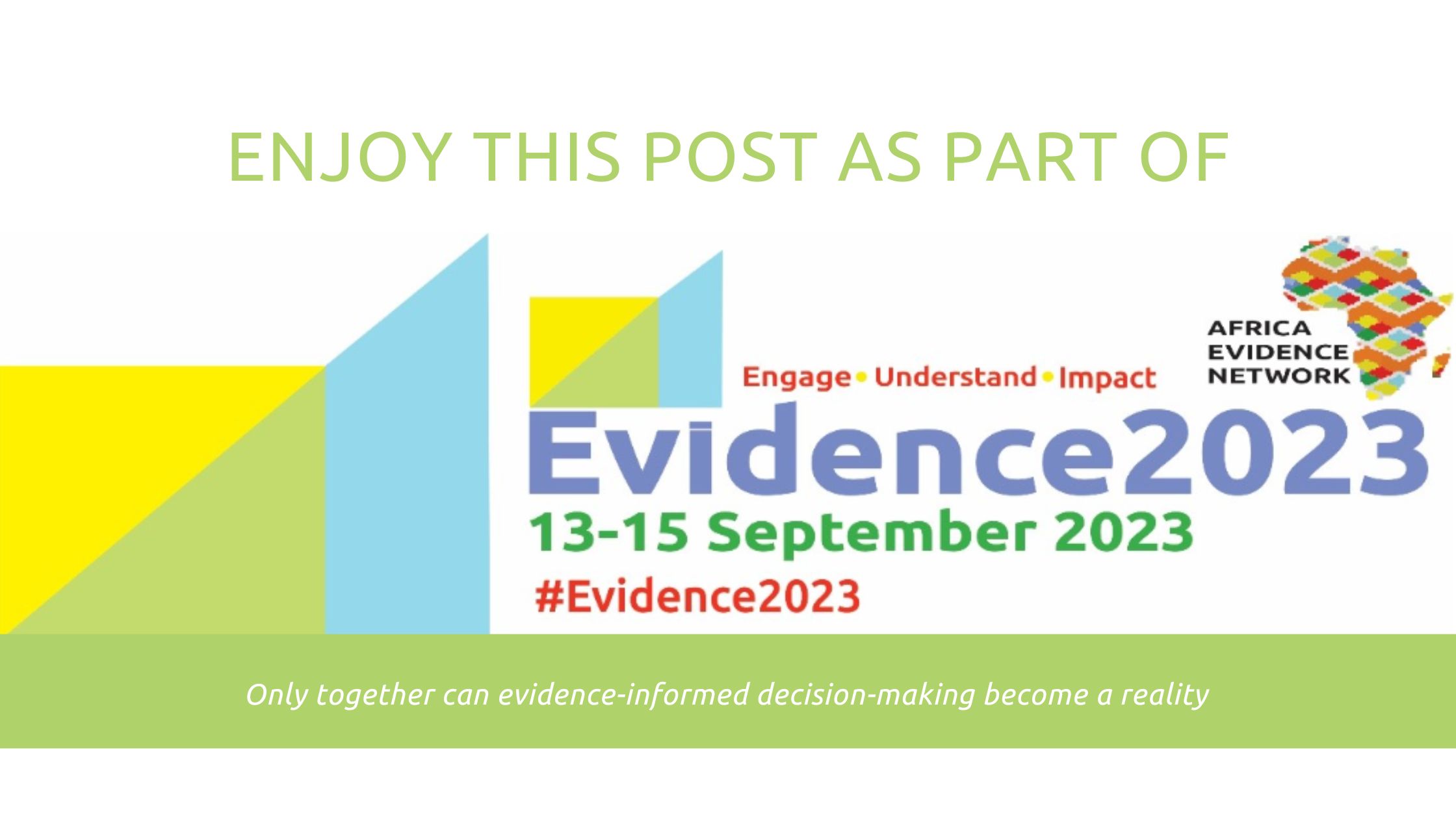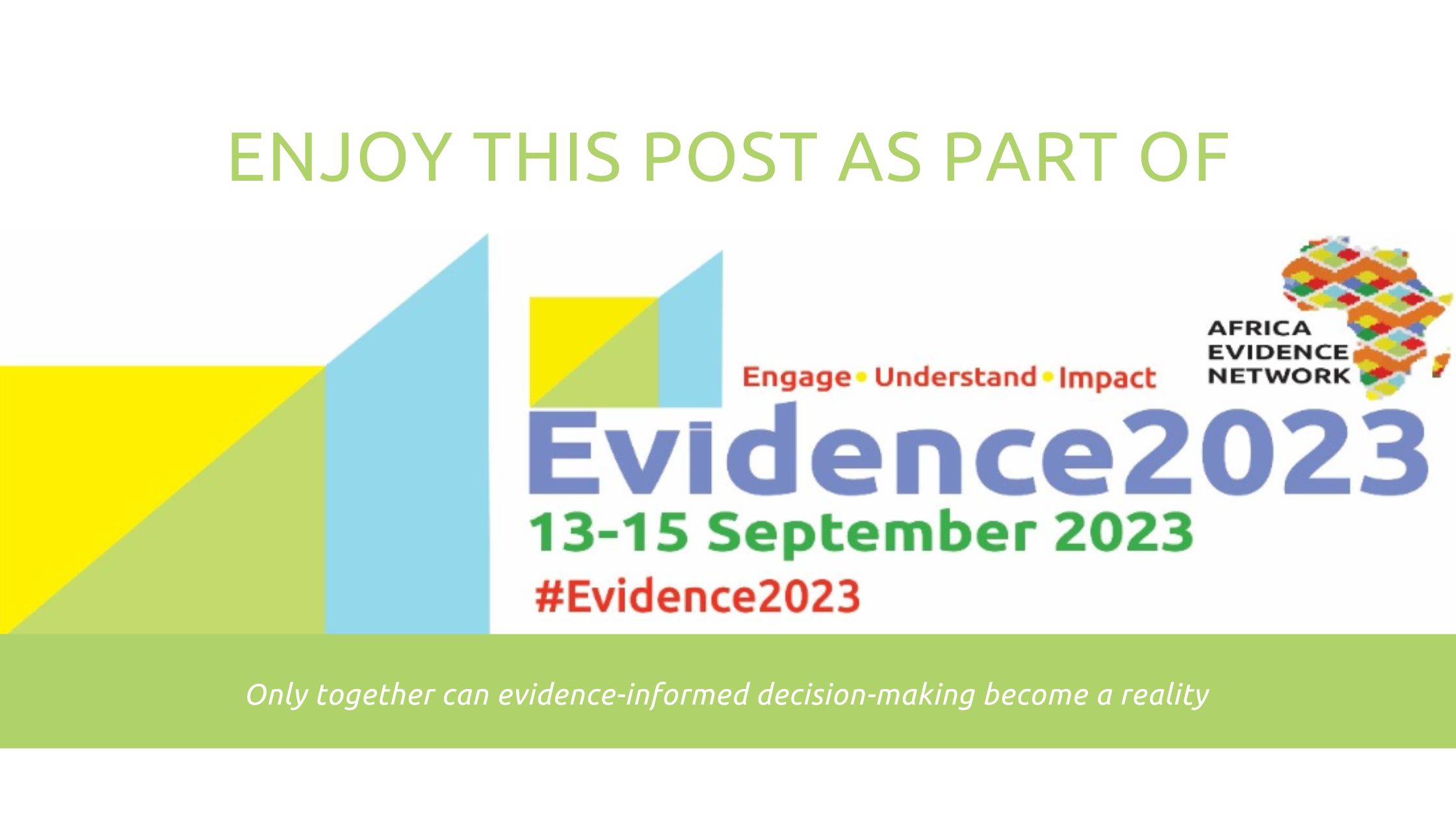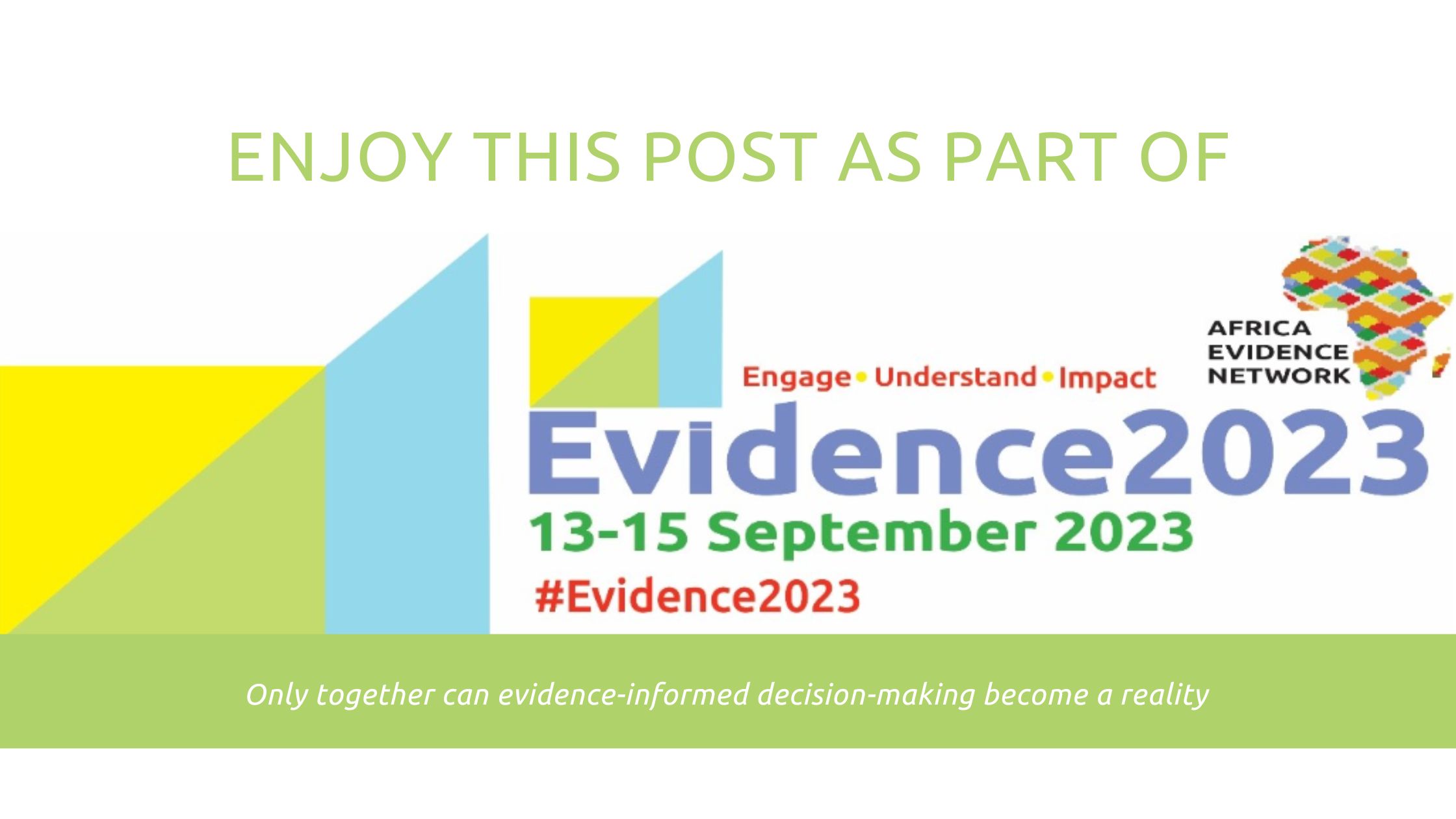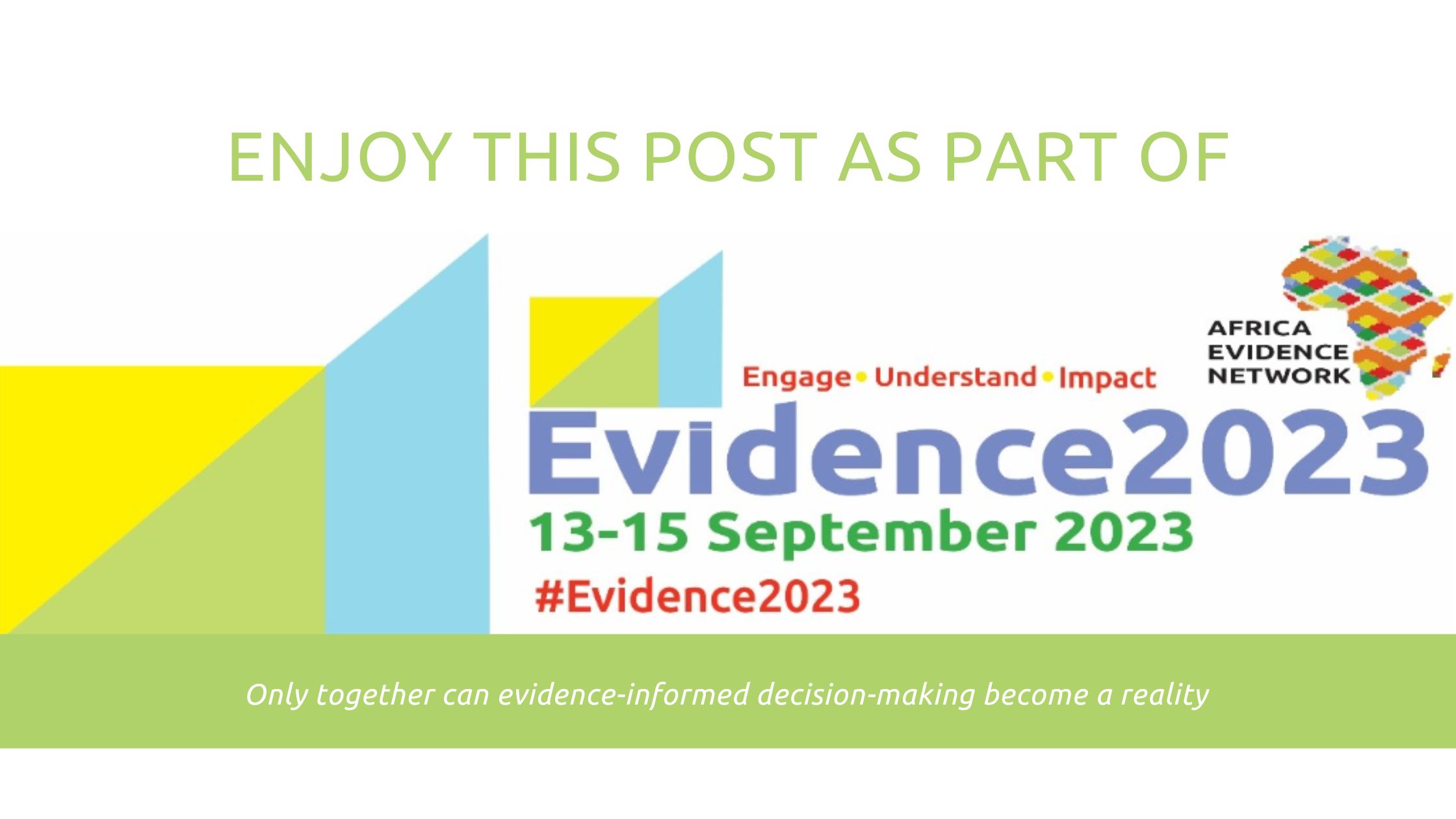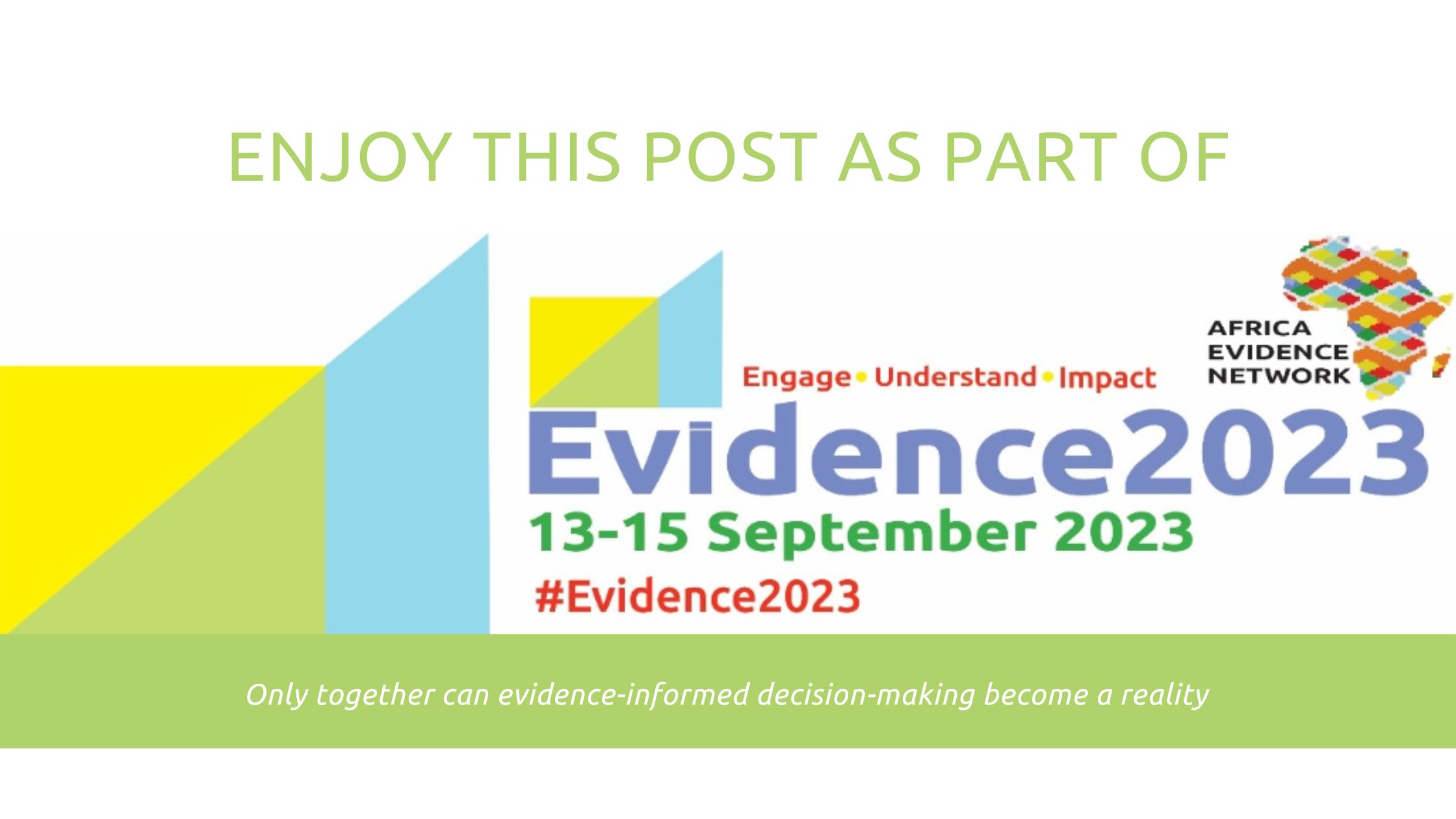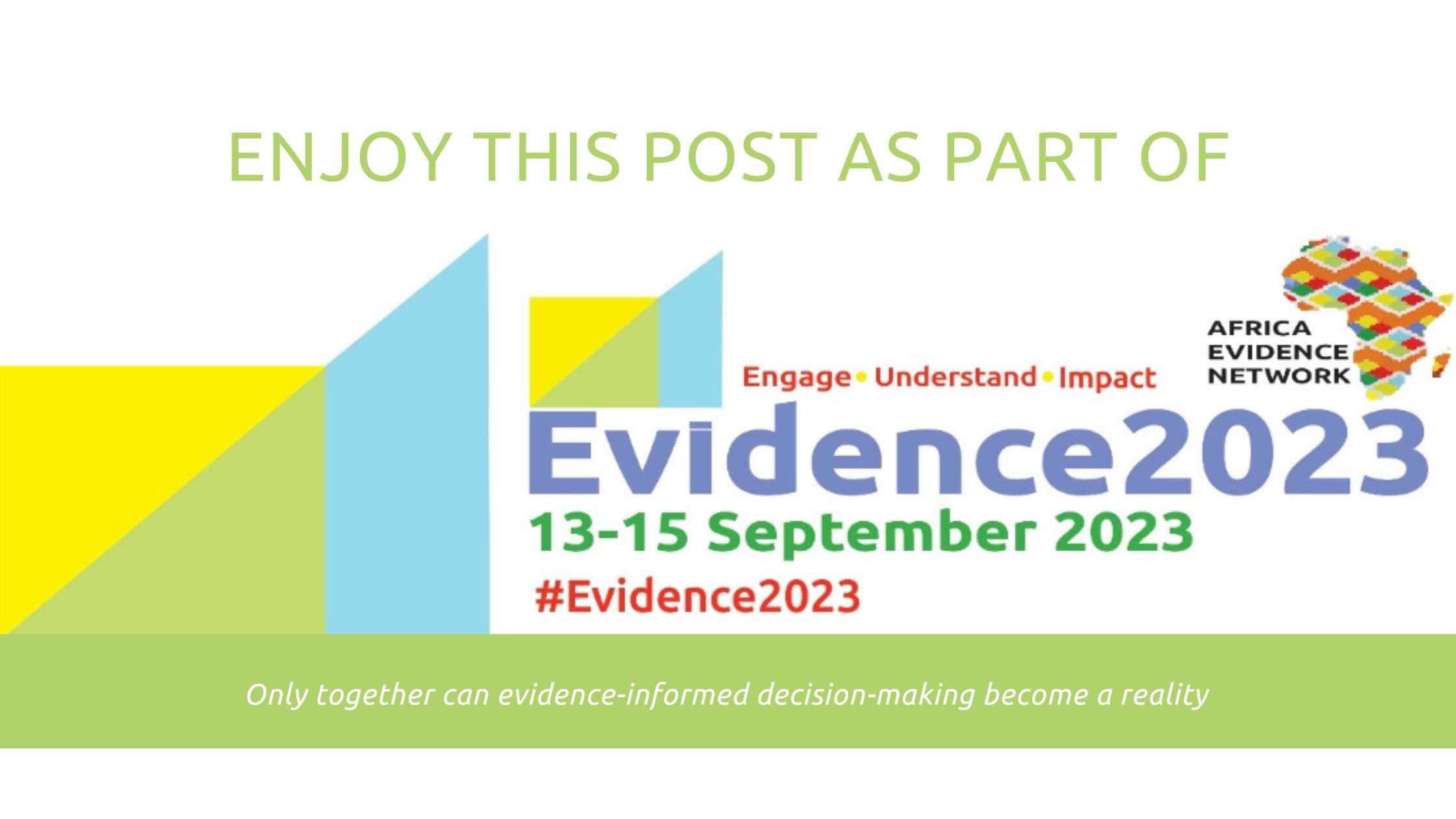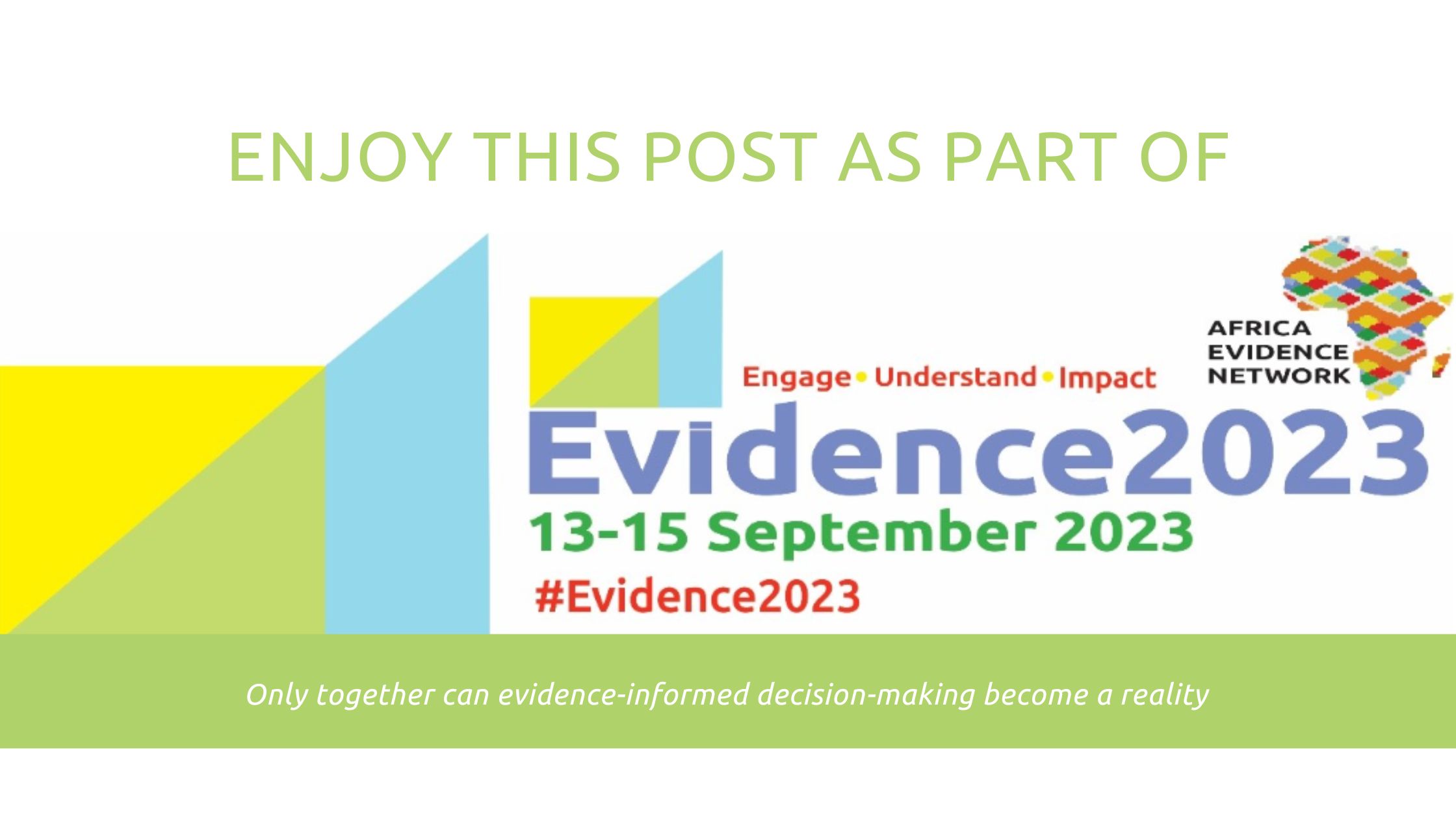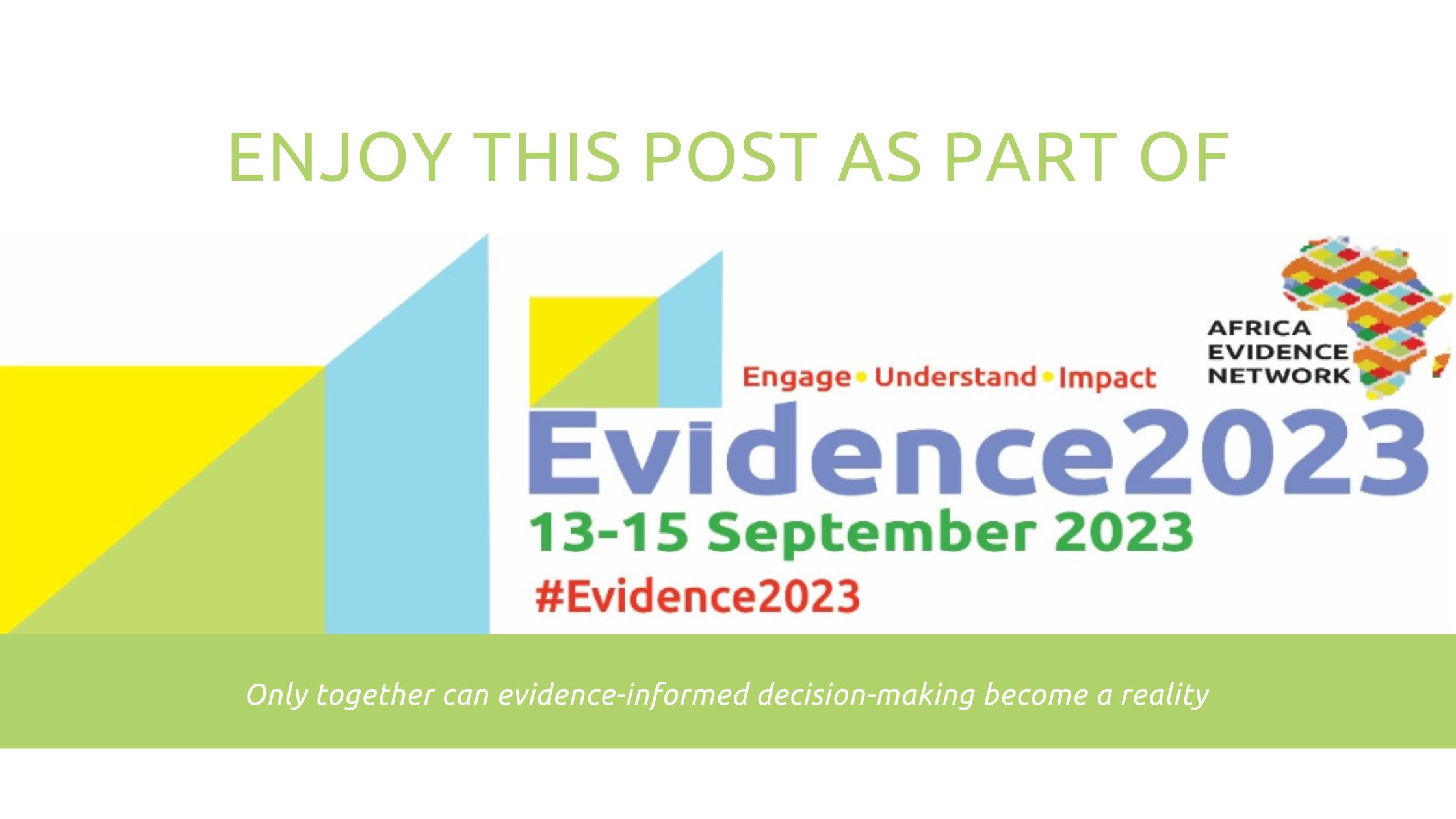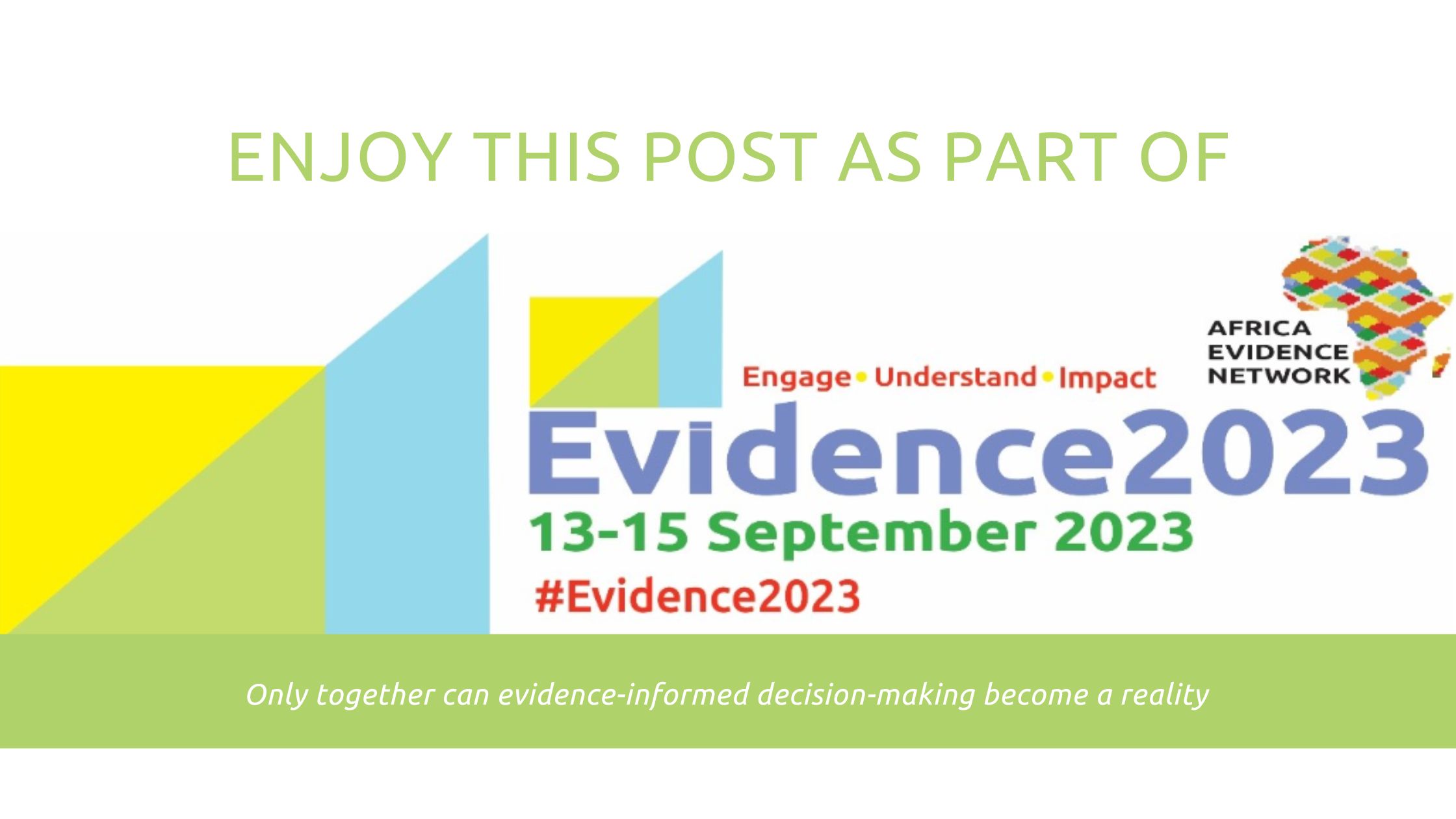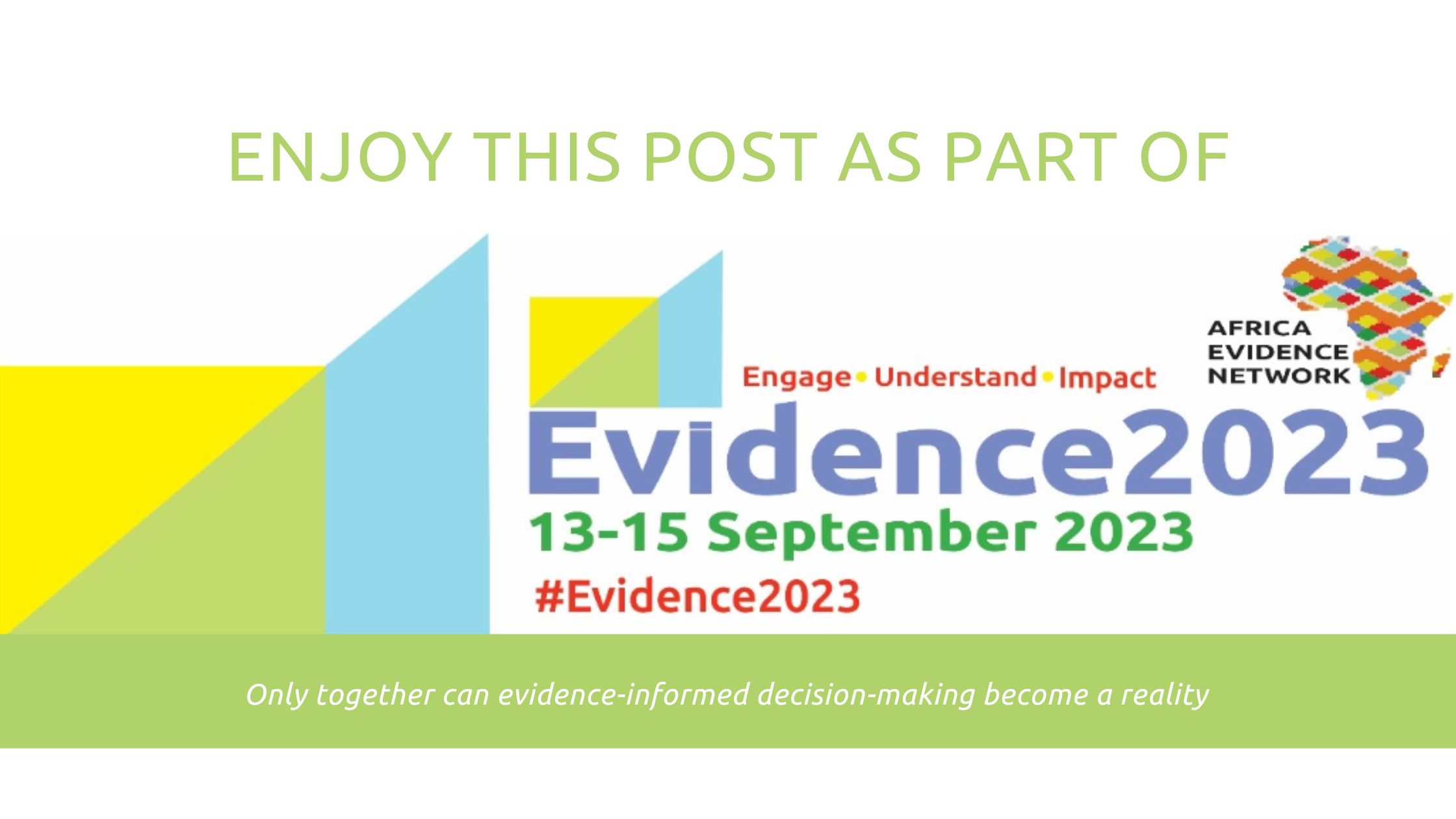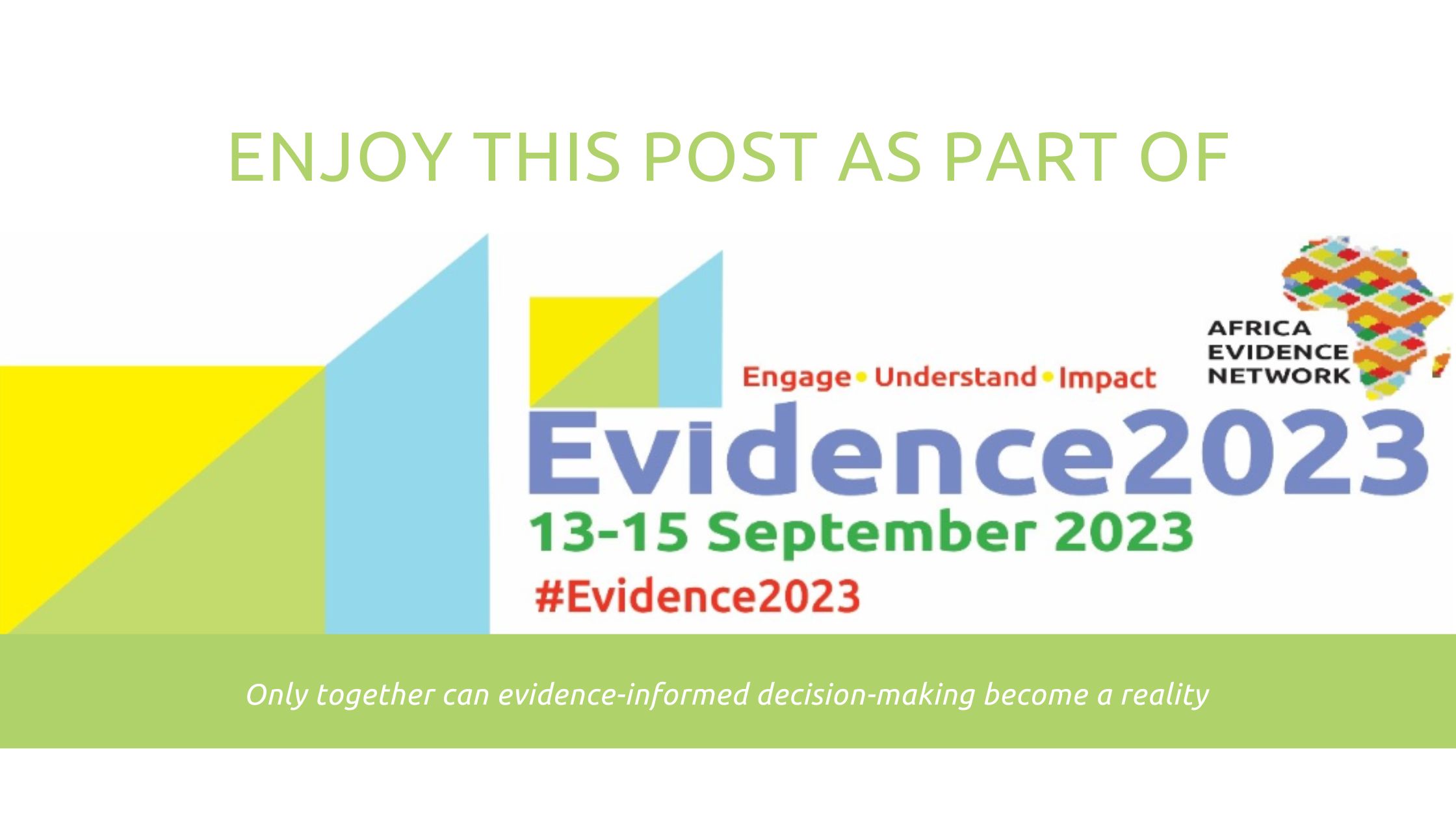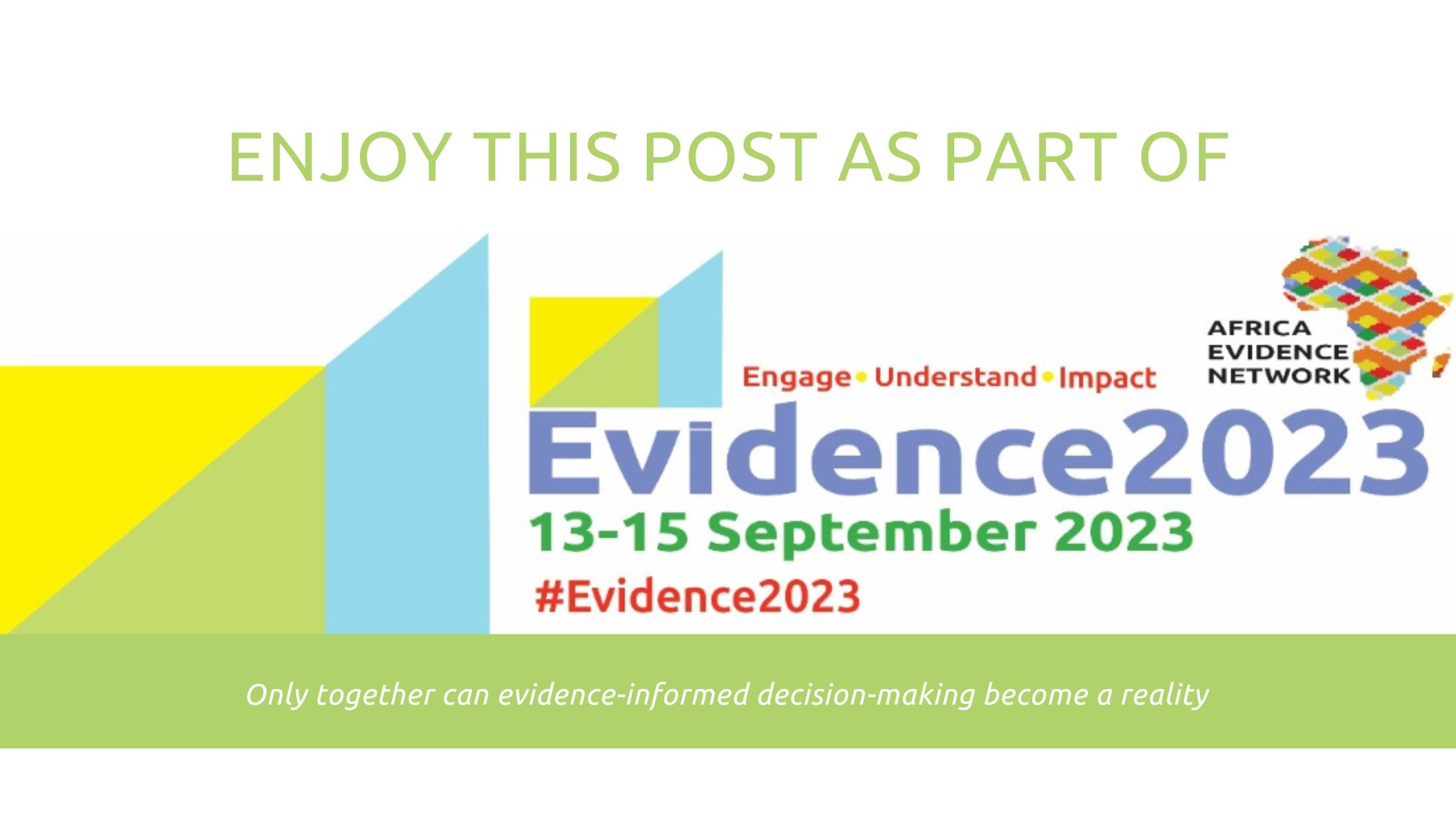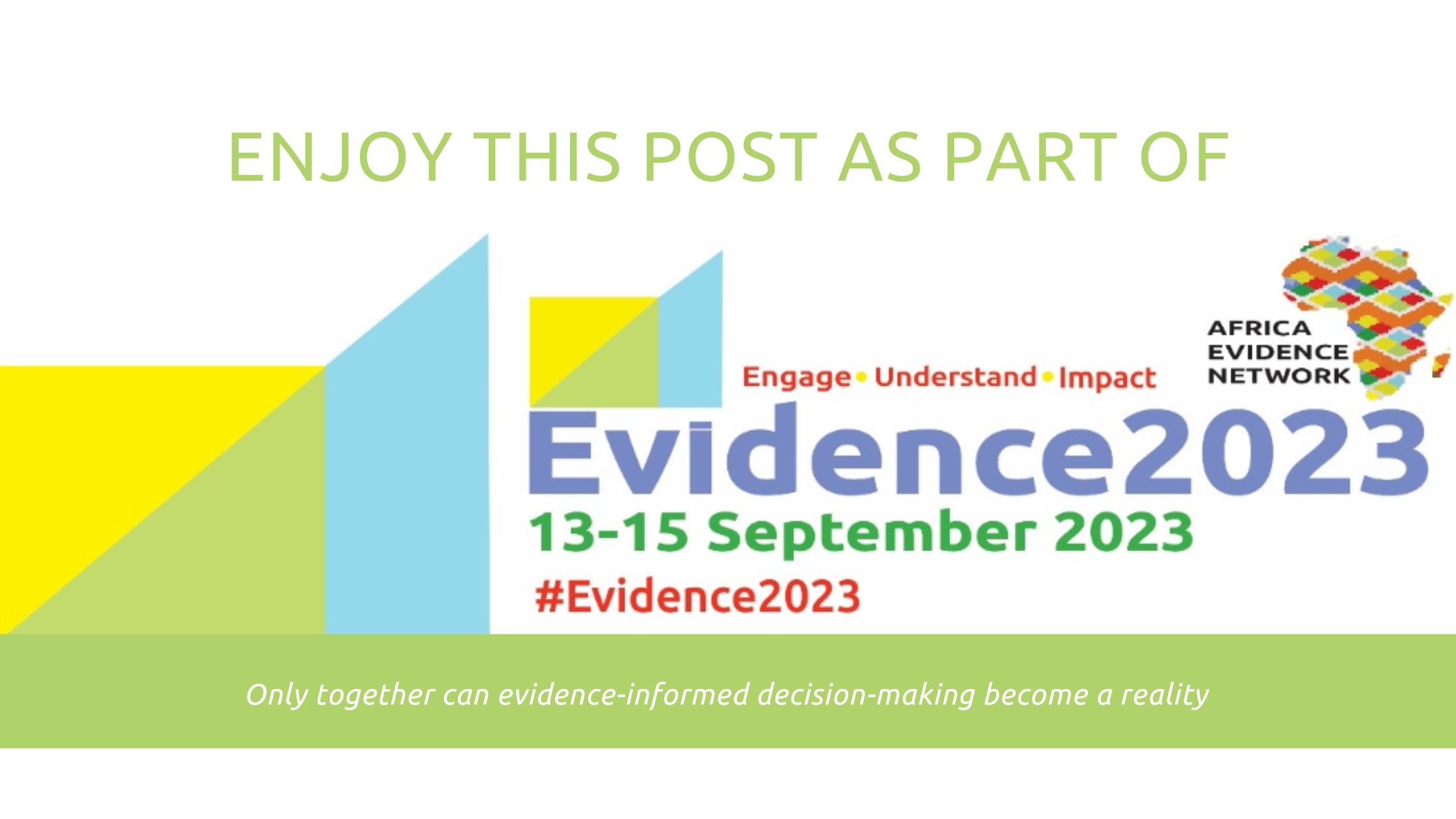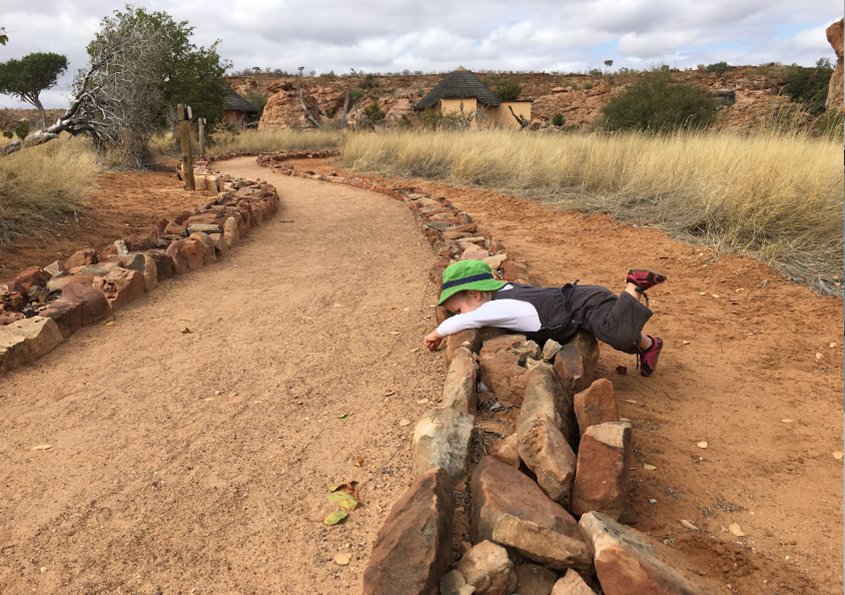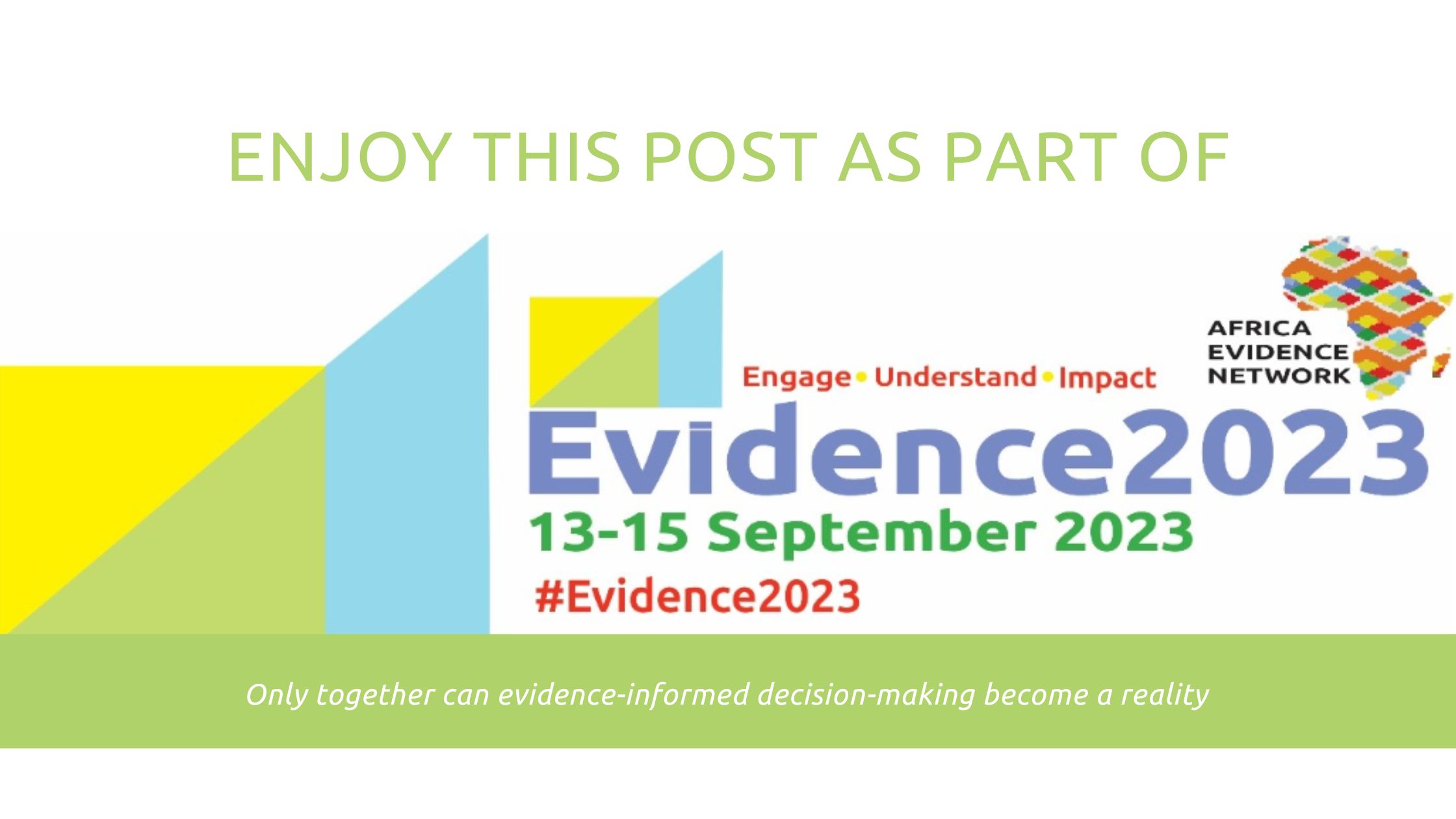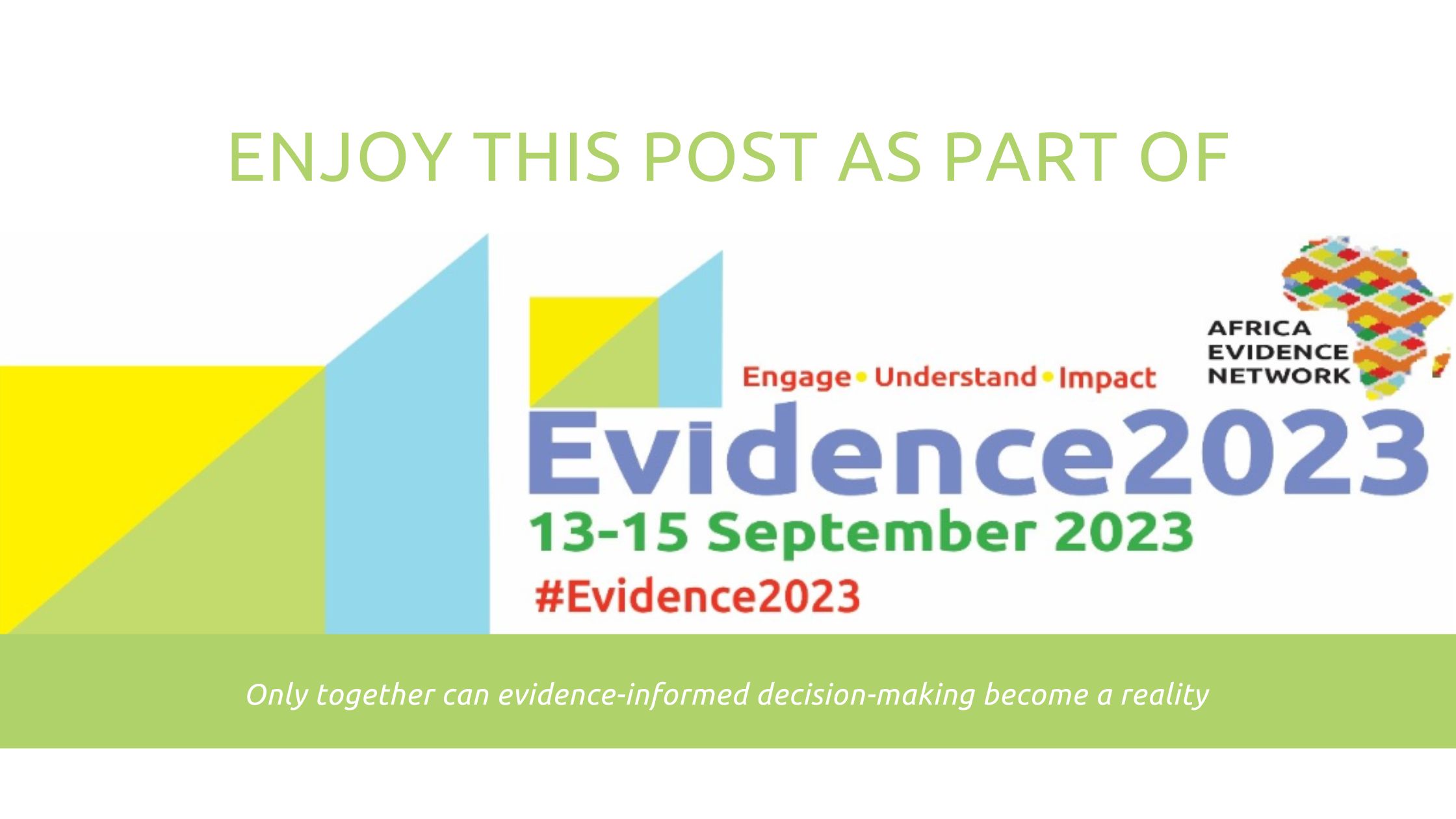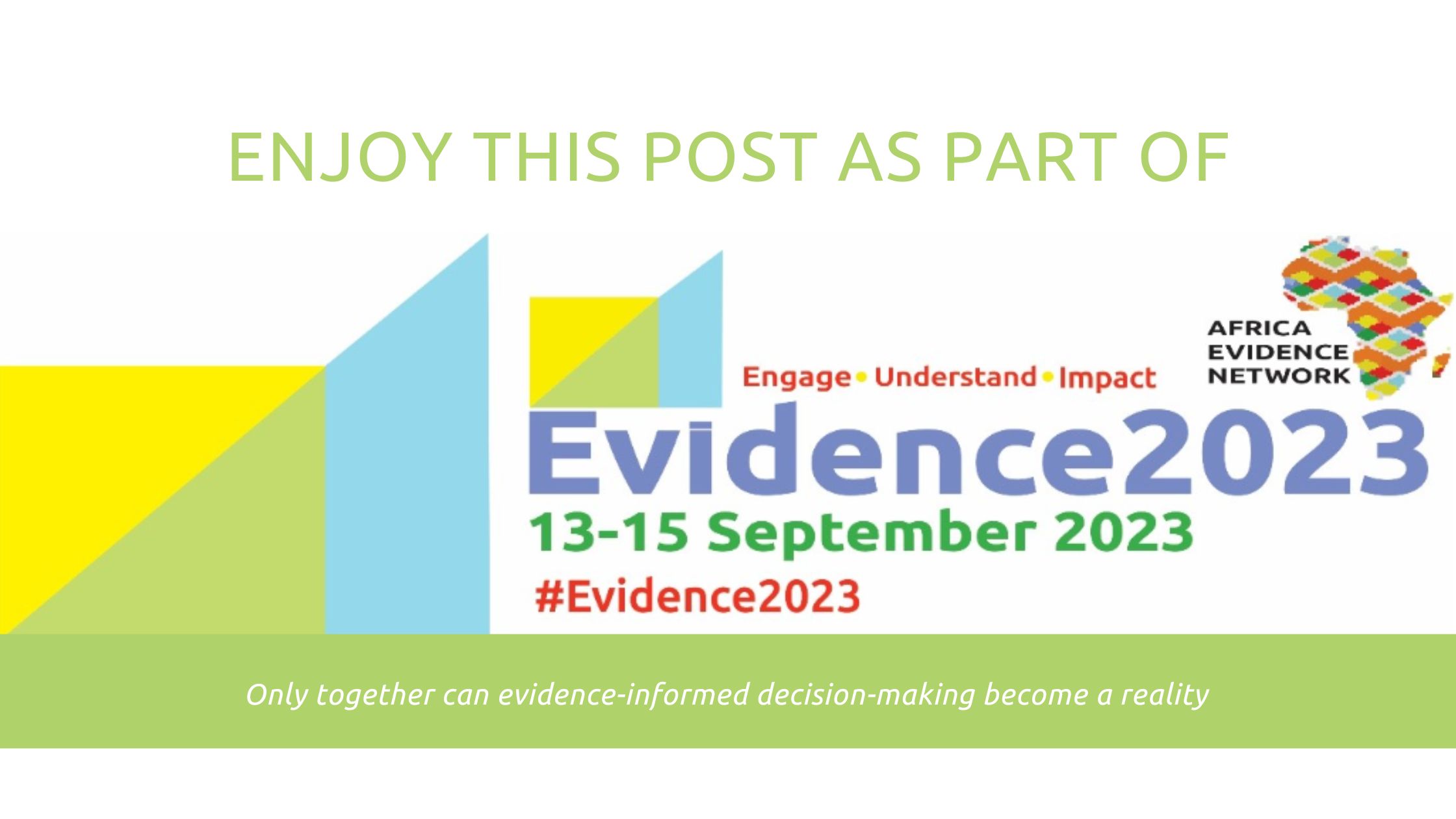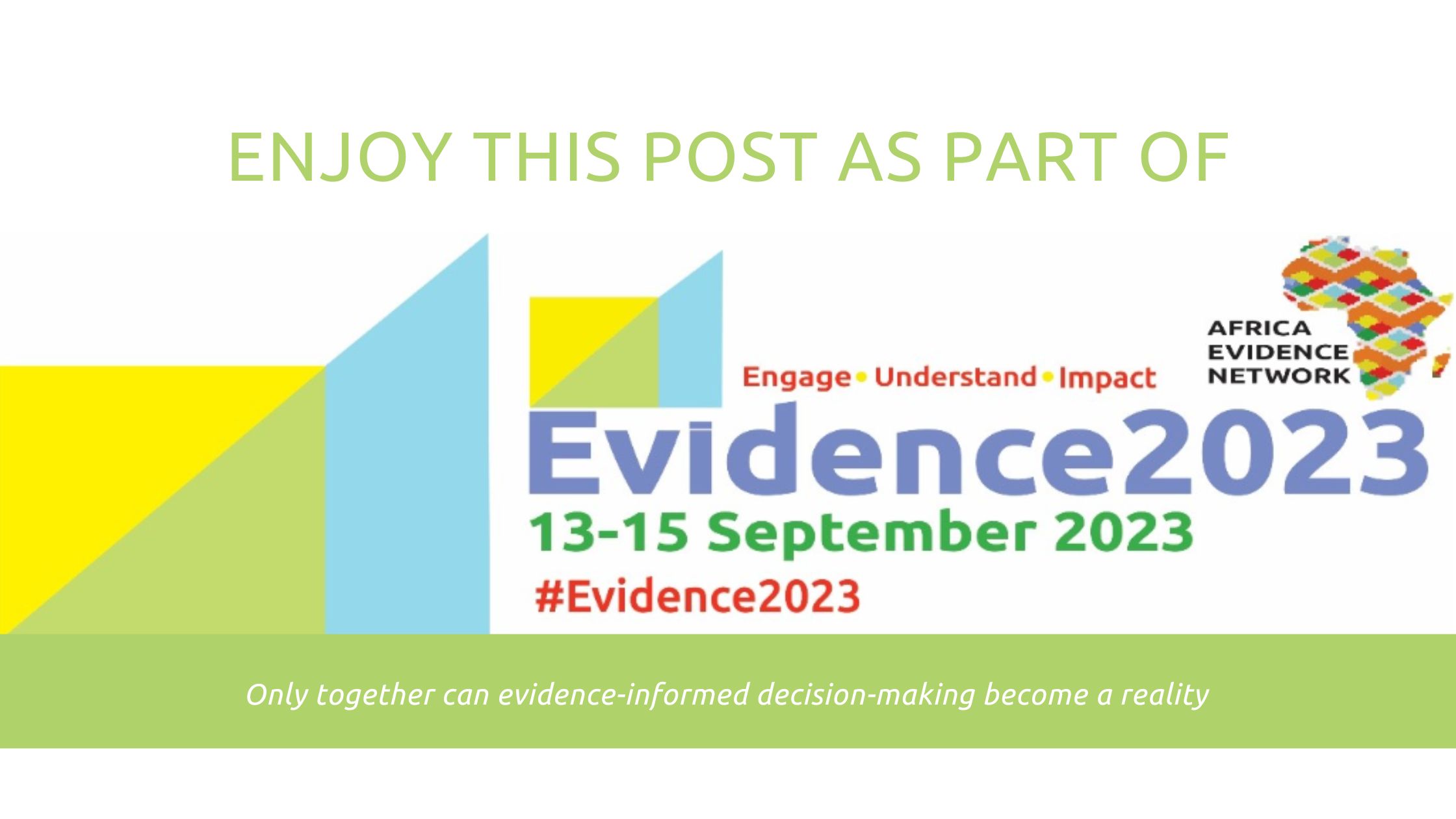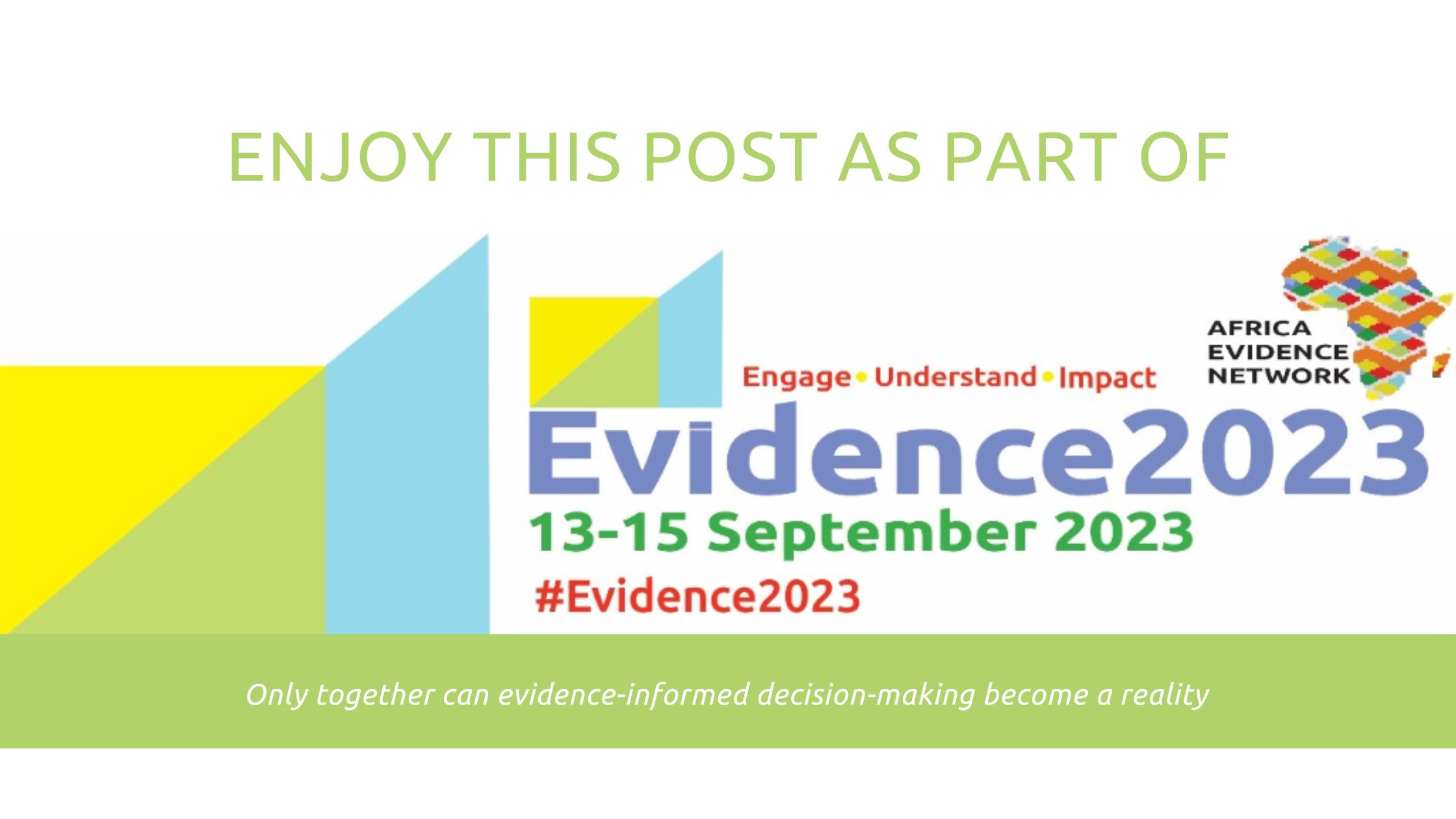
Have you ever picked up a report you were sure was extremely valuable in terms of the knowledge contained, but struggled to get past a few pages? Or maybe you have published something you knew was valuable to decision makers in a particular field and discovered that it was not getting the reception/attention you expected?
Evidence in itself is not enough, no matter how accurate and meaningful. That is of course obvious. To quote Scripture, no one lights a lamp and hides it under a bushel (basket).
But also, evidence shared is not enough either. The light of the Biblical lamp is impactful because it gives meaning to the environment around it, making it possible for people to understand and interact successfully with said environment. It also makes it possible for them to influence and make changes to it.
Evidence Informed Decision Making (EIDM) in its simplest sense is making quality decisions based on accurate information/knowledge. This means of course that it cannot happen when said information is not available or accessible to those who can learn from it. To a large extent, the development community has worked to tackle availability, as more and more organisations are sharing their knowledge in the spirit of being open.
Accessibility is however a different matter.
It is a question of how many people can use a product or service, and in this context, a resource like information. I would argue that this area is most overlooked in the process of EIDM. Everyday, decisions are being made by key people across sectors, and not all of them are PhDs. Even when they do have the requisite technical/intellectual knowledge to understand the pages and pages of insights evidence producers publish, the task of getting through it all can often be a barrier to learning and use.
Evidence in itself then is not enough, neither is making sure to share it with decision makers and the wider community. How it is presented and communicated is also crucial.
If we are to realise the full potential of evidence, then we must be dedicated to making use of the best ways to present and communicate it, so that it is accessible to those who can benefit from it. Innovation cannot just be the expected result of EIDM then, it must also be built into the process itself.
Innovation is about doing things in a way they have not been done before in order to improve the quality of outcomes/results. This is what we hope for when we create and share insights to be used as inputs in decision making processes. It is only expected that how we go about making this happen is innovative in itself, if we are to remain true to form, and also achieve our objectives.
What does this mean, to tie up innovation and accessibility? It means finding better ways of communicating evidence, by focusing on the end user. It means paying adequate attention to the delivery stage of EIDM.
Accessibility begs us to step out of ourselves and consider the end user. Will they be better served by more visuals? By snippets of our bulky reports repurposed into more engaging videos? Perhaps there is an emerging generation of decision makers who can be reached on platforms like Tiktok? (Maybe) there is no harm in embracing new approaches to information design, and a lot of fun even in trying out tools and platforms with capabilities that make for interesting learning experiences. Then there is also accessibility from the designer’s perspective, which focuses on accommodating for different kinds of abilities when designing an interface. For the evidence producer, interface here would refer to where evidence is presented, from documents to websites to even videos.
Looking at communicating evidence in new and interesting ways does not mean one has to abandon the rigour of finding evidence. Without the rigour/process, it would not be evidence. It is however about focusing on the best ways to translate evidence into practice. Remember that ‘translation’ is an enabler of communication, a means through which we are able to take 'our language' and make it meaningful to someone else by converting it into their own. Effectively communicated evidence does not then take away from the accuracy or usefulness of evidence.
Seeing accessibility this way will be key to expanding the reach and impact of evidence across sectors and communities, because evidence is not only for the minority who are obvious decision makers in their areas. In fact, a broad view would consider decision makers as the majority in any given sector or community, if we thought of not just high-level policy, but also the various actions that go into implementation or not, from top-down.
Decision making is democratised by default because it happens everywhere, by those who may or may not know what they are doing. EIDM must also be the same, if we hope to improve the quality of decisions being made. We must expand our understanding of who decision makers are and then create for them. It is true that for some, policymakers or C-level executives may be all the scope that applies to them. It is also true that there is a wider world of people in various roles whose decisions affect outcomes in sectors and societies.
This then is not a call to abandon focus on government cabinets or boardrooms, if that is truly the best focus for your EIDM strategy. However, it is a call to be open enough to consider a wider (possibly more effective) perspective, and to also improve how you communicate in your current one.
Whatever your evidence focuses on, place it on the right ‘lampstand’, so that it is clear enough to see, and meaningful enough to guide your end users in making sense of their environment, interacting with it, and influencing it, hopefully for the better.
Acknowledgements: The author(s) is solely responsible for the content of this article, including all errors or omissions; acknowledgements do not imply endorsement of the content. The author is grateful to Siziwe Ngcwabe and the Africa Evidence Network team for their guidance in the preparation and finalisation of this article as well as their editorial support.
Disclaimer: The views expressed in published blog posts, as well as any errors or omissions, are the sole responsibility of the author/s and do not represent the views of the Africa Evidence Network, its secretariat, advisory or reference groups, or its funders; nor does it imply endorsement by the afore-mentioned parties.

